Kia Tasman ute in 2025: latest details and analysis
The all-new Kia Tasman 4X4 dual-cab ute is finally coming to Australia in mid-2025. The covers are off, too. Here’s everything we know so far
The Kia Tasman has finally been revealed, not just in fake CGI images, but in the flesh, along with a bunch of information about its size, features and capability.
Utes in the Australian car industry are important because they must serve multiple roles. They have to function as daily workhorses, towing, carrying and generally being capable both off-road, and comfortable on-road for families.
Upon seeing it for the first time, you’re going to hear the mainstream motoring media call the Tasman ‘polarising’ or ‘controversial’ or ‘love/hate’. But that’s just them being afraid to say what they actually think about the way it looks. You might love the design.
But looks are only only one part of the equation you need to figure out to decide whether it’s going to be a good ute for you. This report aims to sort the nonesense from the facts so you can make an informed choice.
One of the popular aspects to the Tasman’s early news release by the media is the price. Some suggest Tasman wants to ‘take on’ the Ranger and Hilux, but that’s a very premature idea considering how rightfully popular those vehicles are - and you can include Triton and D-Max in there too.
Triton and D-Max are the two utes most at risk of losing sales to Tasman in June 2025 when it’s expected to arrive in showrooms. You could anticipate pricing to be Tasman’s biggest drawcard, because all the other utes have that sparkling key reason to buy them. But Tasman needs to stand out - not just in the cross-eyed Hunchback looks competition.
The Tasman is an important vehicle for Kia Australia not just because it’s their first ute, but also they are appealing to the same would-be buyers of Rangers, Hiluxes and Tritons, which have seasoned armies of loyalists who won’t be swayed easily. Possibly much like yourself.
Ford Ranger and Toyota Hilux are the best-selling vehicles in Australia for very good reasons. They’re reliable, tough, capable and they look appealing. Ranger sold over 58,000 units in 2023, and Hilux managed just under 49,000 - and they’re going to do these kinds of numbers again in 2024.
Given Tasman is arriving so late to the party, it will not see a full calendar year of sales until 2026. So let’s be clear here: Kia Tasman is emphatically not a threat to Ranger and Hilux just yet. It might skim some curious sales away from other utes in the segment like Triton, BT-50, Amarok and D-Max - but it’s very difficult to see any kind of sales inundation for Tasman for the foreseeable future. Not with that new face, anyway.
In terms of making a statement to the car industry, and impressing the discerning modern-day ute-buying consumer, the Tasman ute is one of Kia’s biggest undertakings. So much is riding on this vehicle. Let’s see how it does.
The Tasman runs the Hyundai-Kia 2.2-litre turbo diesel engine we’ve seen in Sorento, Carnival, Hyundai Staria, old Santa Fe and the 8-seat Palisade. It’s been a very successful engine and made up about 80 per cent of sales in Sorento and (old) Santa Fe. Despite what the critics have said, this has been a very reliable powertrain and it makes perfect economic sense to use it. (More on that later.)
The 2.2 might be great in a large 7-seat SUV full of kids and luggage, and sure, it might be fine for towing up to 2.5 tonnes. But what we don’t know yet, because the Tasman doesn’t actually arrive until mid-2025, is whether it can do both of these things at the same time, while overtaking trucks uphill and trawling through town on a 40-degree summer’s day.
We also don’t know if it will be capable of performing the types of low-speed high-load off-roading driving expected from Ranger, Hilux and Triton with bulletproof reliability and durability.
It seems like the only reason to hold out on purchasing that Ranger or Triton or Hilux or BT-50 might be the value-pricing of Tasman.
Let’s start with some honesty about Tasman’s inception and development. This is important so that you understand what Kia has had to achieve up to this point.
See, when Mitsubishi recently released the Triton in 2024, they had the old Triton as an R&D springboard to launch from. That was more than convenient, it’s a massive cost-saver. It was a platform on which to upgrade to the new one and that really helps because the introduction of any new model is typically also the commencement of R&D on its successor.
In other words, when you doa new model, you’re also starting on its future successor - you’re pre-planning what comes next.
What essentially happens is the R&D process fixes the glaring faults on the current one and incrementally improves it elsewhere for the new version. This is a constant cycle within car companies. In the case of Tasman, things are different.
Kia doesn’t have this ute-specific evolutionary beginning. It's never a completely clean sheet of paper for other utes on the market like Ranger, Hilux, D-Max or Triton, because they all have older models. Tasman has no predecessor.
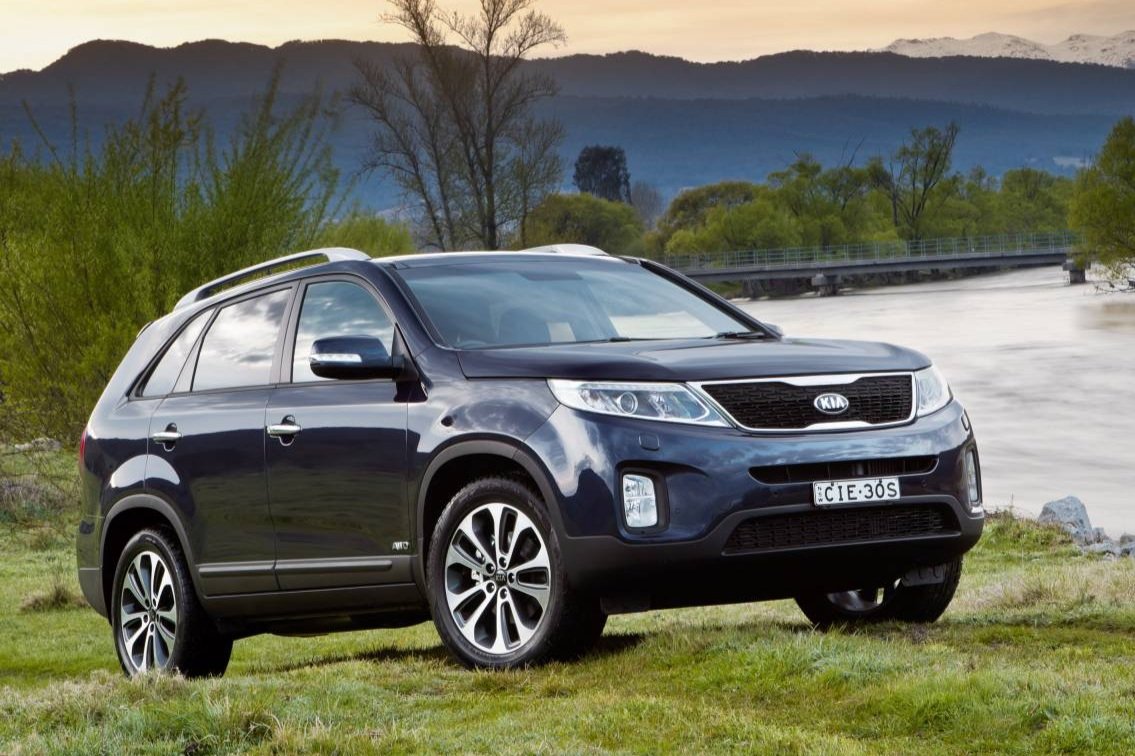

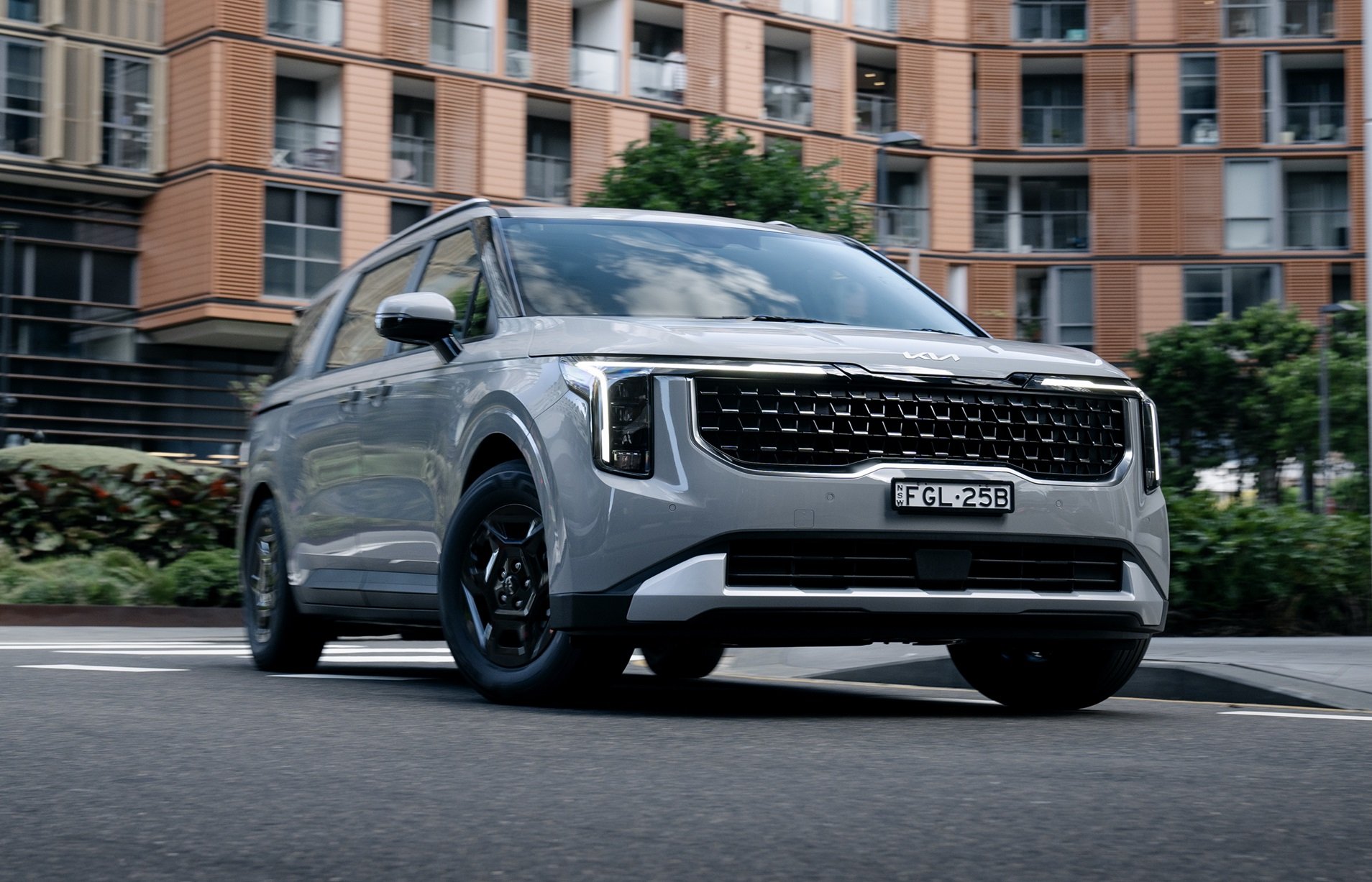
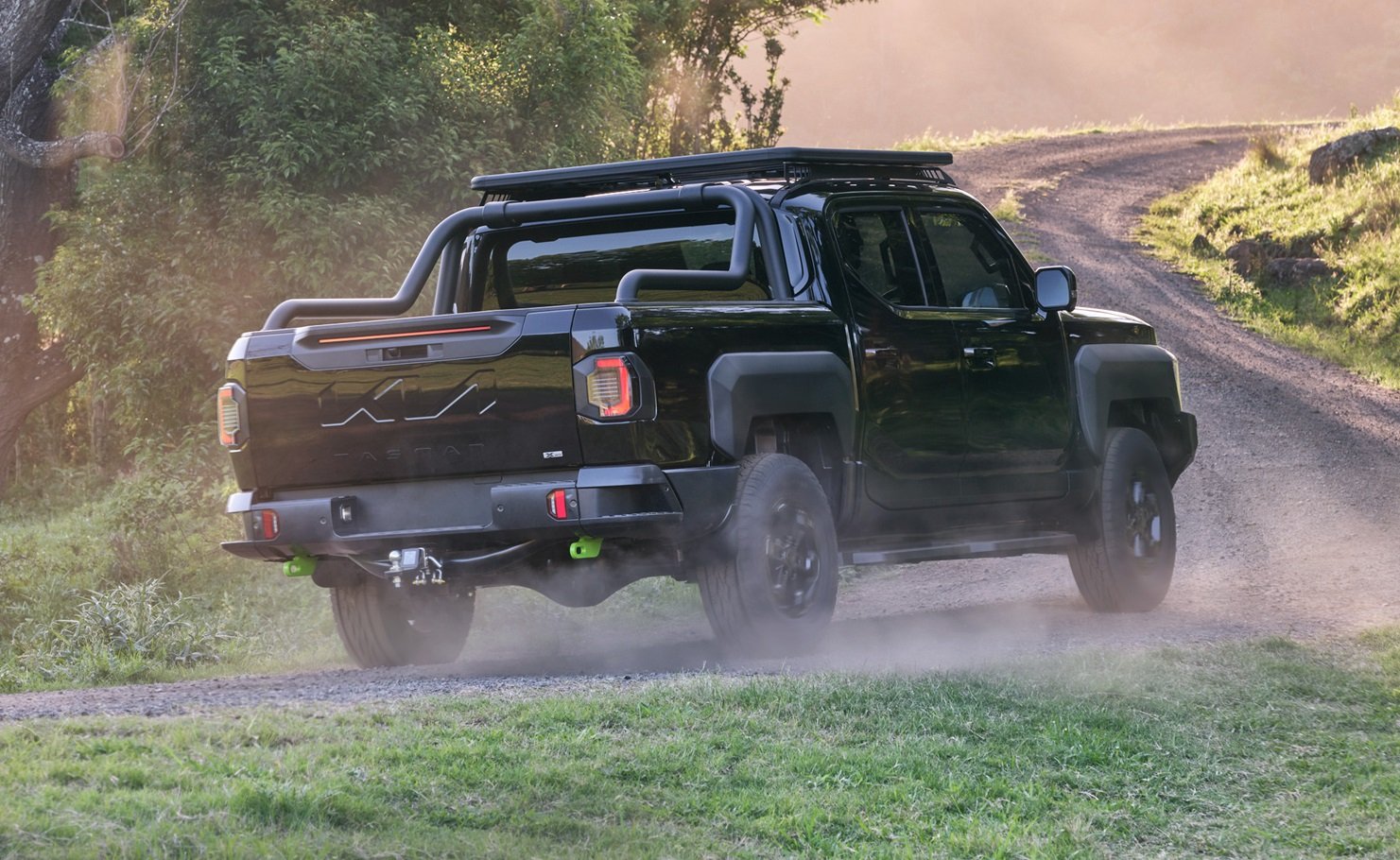
This is going to be even more expensive as processes go. This Tasman is a full-sized ute that’s longer than a Ranger. That's expensive to do from the ground-up. And impressive that they’ve gotten this far - credit where it’s due.
Considering how far Kia has come in the last 20 years, from pumping out abominations like the Magentis, to building a dual-cab hardcore 4X4 ute, it is an impressive feat. But it will be an expensive gamble the likes even automotive juggernauts like Mercedes-Benz couldn’t achieve - and Mercedes does have a history building commercial vehicles.
Amortizing the R&D into the units they're going to sell is going to pump up the price significantly, or alternatively it will just take a long time to pay off.
Obviously Kia will have utilised as many components as possible that they already had in their R&D inventory, and Hyundai/Kia does have a fairly big footprint, from shipping and trucking, to agribusiness and some kind of military section.
They probably have a basic body-on-frame architecture that they might be able to clone at least a proportion of, but the cost of doing that would still have been fairly high.
Ultimately, you (the consumer) are going to be paying for that, which is why it's taken so many years for them to get to this point, because the demand in the market for utes has always been there.
FEATURES & PRICING
Cost, it turns out, is not Kia's endgame with the Tasman, as previously suspected, because it’s effectively the same price (and even a little more at the top of the range) as a Mazda BT-50 or Mitsubishi Triton in that $40,000-75,000 range.
You’ll have the option of choosing a sub-1000kg payload if you’re a fleet buyer (or over 1000kg if you’re a regular private punter), you can also opt in or out of the black wheelarch bulges in favour of body-coloured ones, depending on your tastes. The good thing here is, according to Kia’s pricing structure, it doesn’t affect the price.
Value is probably going to be the underpinning sales advantage here, whereby the top-spec versions need to have more gear to justify the similar pricing to upper-spec models of Ranger, BT-50 and Hilux. And then at the bottom end of the Tasman range, outright price needs to win out against these already-popular models if Kia’s going to compete with them and the Chinese brands like GWM Cannon, LDV T60 and the incoming MG ute.
This could be a great thing for potential Tasman buyers, because if you’ve got a ute with a massive tray, the same cabin comfort, and not as much power as your rivals, a significant price advantage has got to be the biggest appeal here. So you need to ask yourself if the pricing is justified here, and does Kia have a better reputation for customer support than the likes of Ford, Toyota, Mazda, GWM or LDV.
There will be Kia’s typical 4-tier model grade line-up for the dual-cab, starting with the Tasman S (the base model), then the SX and SX+ as the mid-spec value option, before stepping up to the X-Line, and the Tasman X-Pro as the top-spec trophy version.
Pricing will look like this:
TASMAN S | 4X4 dual-cab | $50,000 driveaway approx.
Starts with:
Apple CarPlay & Android Auto (both wireless)
Wireless smartphone charging x 1
Integrated panoramic display: 12.3-inch digital driver’s display, 5-inch HVAC screen, 12.3-inch infotainment screen)
Satnav, DAB+ radio, 6-speaker stereo
Dual-zone climate control
Cloth seats, standard centre console, 2 x USB-C ports (front) + 2 x USB-C ports (rear)
TBC: Tyre pressure monitoring, auto rain-sensing wipers
Front & rear parking sensors, blindspot monitoring, rearview camera (dual-cab only)
Electrically adjusted manually-folding heated door mirrors, manually adjusted seats
Auto emergency braking, adaptive cruise control, rear cross-traffic alert, lane-keeping, forward collision alert
17-inch back steel wheels with full-size spare
Drive mode selection (sport, normal, eco), 4WD system (2H, 4A, 4H, 4L) incl. rear diff lock
Tailgate with Lift Assistance (dual-cab only), rear corner load steps, driver’s side wheelarch storage box
LED headlights, foglamps and daytime running lights, halogen taillights
Rear air vents, 2 x ISOFix point pairs, dual zip-up seat pockets, extendable front sunvisors
LED Headlights (MFR Type), daytime running lights (halogen TBC)
Integrated trailer brake controller, trailer sway control
Smart key with push-button start
Rear bumper steps (dual-cab only)
Kia Connect with OTA
LED Interior Lights
Row 2 under-seat storage
TASMAN SX | 4X4 dual-cab | $54,500 driveaway approx.
adds:
Wireless smartphone charging x 2
18-inch black alloys with full-size spare
Assisted tailgate (standard ‘Tasman’ badging)
LED headlights, foglamps, DRLS and taillights, LED puddle lamps
Electric folding side mirrors, electrically adjusted front seats (TBC)
17-inch alloy wheels (full size spare)
Terrain Mode: Snow, Sand, Mud
Safety power window – 1st Row
Inbuilt Satellite Navigation
Highway driving assist (steering assistance, lane-centring - TBC)
Adaptive cruise control - navigation based
TASMAN SX+ | 4X4 dual-cab | $62,400 driveaway approx.
adds:
18-inch alloy wheels (full size spare)
Wireless charging pad (single)
Cloth + artificial leather seats
LED fog lights
Row 2 air vents
Bedliner
Ambient mood lighting
2 x 240V power outlets (tub & behind centre console)
TASMAN X-Line | 4X4 dual-cab | $68,000 driveaway approx.
adds:
Column-type shifter (E-SBW)
Paddle shifters
Privacy glass
Roof rails – Bridge type
2nd row armrest
Wireless charger (double)
Rear fender flare storage*
RSPA
Parking Collision Avoidance Assist
Surround View Monitor
Blind-spot View Monitor
LED Headlights (projection Type)
Heated seats – 1st row
Artificial leather appointed seats
Powered driver seat – 8-way
2nd row slide/reclining seats
TASMAN X-Pro | 4X4 dual-cab | $75,000 driveaway approx.
And then to come out blazing, we might see a bunch of off-road and towing specific equipment, plus additional passenger comfort gear, such as:
17-inch (down from 18s) black alloy wheels with all-terrain tyres
Electronic locking differential with on/off switch
X-Trek Mode
Terrain Mode: Snow, Sand, Mud, ROCK
Ground View Monitor
Premium Sound System (Harmon Kardon)
Fuel tank undercover protection
Heated steering wheel
Ambient Mood Lighting (Full)
Heated seats – 2nd row
Ventilated seats – 1st row
Powered passenger seat – 8-way
Integrated Memory System
Sunroof
Off-Road Page (steering direction, steering angle, oil levels, etc)
INTERIOR
The Tasman is 5.41 metres long, making it 40mm longer than the Ford Ranger Wildtrak, and 90mm longer than both Toyota Hilux Rogue and Mitsubishi Triton GSR.
The Tasman’s wheelbase is is 3270mm long, meaning interior space, mostly legroom, is exactly the same as the Ranger, it’s 5 per cent better than a Hilux and 4 per cent better than Triton.
There’s plenty of leather and a massive dashboard with three panoramic screens integrated into the one facia.
Plenty of storage space including the big open wireless phone charging bin in the centre suggests the transmission stalk behind the steering wheel is probably going to stay for the final product we get in showrooms.
The rear seats recline and slide forward individually, and there are zip-up pockets for rear passengers to hide their valuables, which is a clever idea. There’s also a substantial under-seat storage bin for gloves, rope, straps, first-aid etc. Again, nice ideas - good points for cabin ergonomics.
Nice to see actual buttons for the HVAC (air-con) controls in the event the primary touchscreen fails (unlikely), especially if you’re a thousand miles from the nearest Kia dealership. That’s important. Buttons matter in 2024 and Kia has clearly listened to consumers here.
There also doesn’t appear to be the usual flood of high-gloss piano black plastics which would reflect glare and get scratched to hell in the first six months. Plenty of budhed and textured aluminium-style surfaces instead. Well done.
It remains to be seen how intense the afternoon and morning sun glares off that enormous panoramic screen facia, especially with no shroud or binnacle to minimise those reflections.
And for those who truly do go grey despising carmakers for not offering extendable sunvisors, there’s a very good chance Kia’s extendable visors have made it into the Tasman.
FUNCTIONALITY
Tasman does legitimately get to brag about having one of the biggest tray in the dual-cab segment, but that depends on which measurement is most important to you.
Tasman’s tray is 1512mm long and - both figures of which are better than the Ford Ranger. But Tasman’s tray length is 43mm shorter than Triton (second longest at 1555mm), and 58mm shorter than a Hilux dual-cab SR5 at 1570mm.
It’s not always length that matters though, because width might be more pertinent. Tasman’s tray is 1572mm at its widest point, also better (by 52mm) than a Ranger at 1520mm. Is 52mm negligible or precious extra space?
So Tasman has a tray that is wider than it is long, and yet the whole vehicle is a fraction longer overall than Ranger.
But what’s perhaps more important here is that the 1186mm between the wheelarches is 31mm (just 3.1 cm) narrower than a Ranger at 1217mm. Despite this loss to Ranger, it does still mean that a 1165mm-squared Chep pallet will fit between those arches.
But you will have to reserve the aft-section of the tray for any Euro pallet where the 1200 x 800 dimensions will fit. A Euro pallet won’t fit between the wheelarches on Tasman - unless the tray dimensions we’ve seen so far change. Otherwise, it seems it will fit rearward of the wheelarches, which is going to compromise the handling.
You could also get a Euro pallet in forward of the wheelarches in a single-cab version, although specific dimensions for the single-cab are yet to be pubolished.
Tasman does have the segment-leading tub depth however, at 540mm, which is 85mm deeper than the Ranger at 525mm. That’s a distinct advantage when it comes to actually keeping your payload inside the vehicle’s perimeter.
If you ever have to deliver mulch, or sand, or soil, or gravel - whatever it is, it’s actually going to stay inside the tub and will be less likely to blow away on the freeway.
This same advantage applies to tools and equipment, not just to having them stay in the vehicle and making them less likely to bounce out, but it also means the tub wall itself is higher, meaning it’s much harder to reach in (and steal your stuff) when standing on the road or ground beside the vehicle.
Kia claims a maximum tray volume of 1173 litres, and an ultimate maximum payload of 1195kg in 2WD variants.
You get a couple of integrated footholds carved into the corners of the rear bumper, although it remains to be seen if you can actually get a proper 6-footer’s workboot in there (as opposed to some car designer’s trendy sneaker or skate shoe).
There’s also hidden storage behind the driver’s side drop-down wheelarch which is bottom-hinged to double as a light-duty flat surface, limited to 6kg of load. It’s certainly not a workbench.
ENGINE
The engine has been one of Hyundai/Kia’s best engines, the 2.2-litre turbo-diesel running in Carnival, Staria, Santa Fe, Sorento and Palisade. But it is about 15 years old now.
It’s now putting out 151 kilowatts (which is the same as current Triton), with 441Nm of torque available. Some have already begun criticising its lack of torque (low-RPM power) for towing and load-hauling. But it’s just 9kW shy of the Isuzu D-Max and Mazda BT-50, both of which are apparently quite capable of towing 3.5 tonnes according to the mainstream motoring media.
Certainly it’s lacking the 184kW or the V8 bi-turbo diesel Ranger with its 600Nm of torque, and yet nobody seems to scold the D-Max for lacking grunt. What does this mean for you? Tasman is probably going to be quite decent in terms of offering punch, it’s just not going to have the same kick as a Ranger. It’ll be closer to Triton or Mazda BT-50 for power - and that’s reasonable.
It’s certainly more efficient, making almost the same amount of power with 600 cubic-centimetres less capacity. We don’t know the exact revs at which the re-tuned engine is making its mumbo, but that’ll come in due course.
Up to this point, the 2.2 hasn’t had an official 3.5-tonne rated maximum towing capacity, which is what the Tasman offers. But we’ll have to wait and see how it performs.
EFFICIENCY
What we can determine at this point is how efficient this wee diesel engine is compared to some of its rivals. The closest rival engine in terms of output is the 4JJ3-whatever from the Isuzu D-Max and Mazda BT-50, which is a 3-litre unit.
Now, for context here, the car and 4X4 off-roading community will sing praises endlessly (in recent history) for this so-called truck engine which is in fact a 25-year-old artifact from when Holden and Isuzu were in cahoots making Jackeroos and Rodeo. It’s been revised and fiddled with, but it’s the same basic engine. And nobody in the 4X4 media would dare say the D-Max lacks grunt, and yet it’s only got 9 more Newton-metres than the Tasman’s 2.2.
So let’s see which is the most efficient, making the most amount of brake mean effective pressure per cylinder. This is a blunt hack engineers use to measure efficiency. BMEP is a useful metric to compare engines of similar types on performance.
D-Max’s 4-stroke engine capacity is 2999cc, with 450Nm of indicated torque, resulting in a BMEP figure of 1885 kilopascals.
Tasman’s 4-stroke diesel capacity is 2151cc, with 451Nm of indicated torque, resulting in a BMEP figure of 2635 kilopascals. That’s a 39 per cent gain in efficiency. Imagine if a D-Max was nearly 40 per cent more efficient with that 36 per cent of additional capacity.
Safe to say Tasman probably won’t have any issue competing with a D-Max on getting day-to-day work done with this engine.
In all the other vehicle applications, it’s an engine offering a generous wall of smooth, low- to -mid-RPM power, it’s economical and it has been bulletproof in the market for many years now.
Many in the media and comments section have criticised Kia for using this engine, but why would the company use anything else?
Every vehicle that’s had this engine bolted into it is designed to carry payload, be it people, medium-duty towing, the vehicle’s own kerb weight, and plenty of luggage - as well as being able to drive long distances quite frugally.
Paired with the company’s robust 8-speed transmission, which has also proven reliable in-service, the Tasman will be a strong contender in Australia’s highly competitive ute market.
There is a good argument to be had, mostly among anorak motoring journalists, that the 194kW 3.0-litre V6 diesel sold in South Korea, which is Euro6 rated, could be introduced as a premium powertrain option to go up against the macho Amarok and Ranger V6.
But this idea is fanciful. The company is moving away from bigger, thirstier engines. The Tasman line-up with the 2.2 will be (for now anyway) the only powerplant for Australia - and that’s a good thing. It means a simpler range, most parts availability and it’ll be an economical choice for consumers.
TOWING
The Kia Tasman has been confirmed for Australia as offering a 3.5 tonnes of maximum braked towing capacity.
Expect a towball download limit of 350kg to be confirmed, meaning the game of towing conservatism is pretty much out the window now.
Ultimately, the Tasman is a similar sized vehicle to the Ranger and Triton, so it will weighing in at about two tonnes, give or take.
Towing anything heavier than the Tasman is getting towards being unsafe. But it remains to be seen if it can restrain that 2.5-3.5 tonne towing assignment with the brakes, its own kerb weight (which is yet unconfirmed) and with the powertrain.
We also don’t know how effective the powertrain will be at those hard towing assignments in situations like 35-degree days, up long steep hills, overtaking, and simply dredging through city traffic in said heat.
It’s unknown how the engine and transmission will cope, whether the 4X4 system can handle heavy towing off-road, or even how the Tasman behaves under towing and laden configuration.
What’s interesting is that Kia Australia says its so-called ‘driver assist’ features like lane-keeping and blindspot collision warning have been:
optimised with trailer profile functionality… [that] enables the specification of the trailer to be incorporated into the pickup’s ADAS, which then automatically optimises driving characteristics accordingly
Because you’re probably not sure what that marketing speak means, it might be suggesting that those features either get deactivated when you have a trailer connected via the 7-pin connector. Or it could simply mean they’ve designed those features to ‘work’ (if that’s the right term) with the trailer.
We simply don’t know for sure until the Tasman gets here to be tested, but it’s not unreasonable to presume lane-keeping has been designed to work with the trailer-towing thanks to this statement:
Tasman users can also benefit from the latest technology to help keep them safe on every journey.
What remains unknown here is how effective that system is. If it’s minimalistic in its intrusiveness, then it’s probably something you can either learn to ignore, live with, or simply deactivate. But it’ll almost certainly default-on every time you restart the vehicle. Thanks, ANCAP.
OFF-ROAD
It’s easy to think Kia’s never done an off-road vehicle before and couldn’t possibly know what they’re doing. But there’s a very important Aussie working in the Kia Skunkworks who know exactly what he’s doing.
Leaf springs at the rear and double-wishbone front suspension with coil-springs, all tuned by Kia Australia’s steering and suspension genius Graeme Gambold will, undoubtedly, be an ideal balance between pothole soaking compliance in bump and rebound, and payload carrying rigidity.
Gambold and his team of engineering wizards would not get this aspect of Tasman wrong. So it’s a pretty sure bet Tasman will ride as nicely as possible when unladen and just taking the kids to school, but it will also be able to take the punishment of trailers, payload and rocky, undulating High-Country goat tracks.
You might be tempted to look at the modern-day Hyundai and Kia range and presume that this is a brand that doesn’t know how to build tough, practical commercial vehicles.
But Hyundai’s Staria-Load van offers more internal cargo capacity than Toyota Hiace, while also building the Mighty heavy duty trucks, and Kia still builds the single-cab light truck called the K2700 in its domestic market.
Tasman actually gets a very high payload capacity of 1195kg in the two-wheel drive variants that will arrive in due course. But there will be payload limitation ratings put in place for novated leasing sales.
On upper-spec model variants 1000kg is a benchmark they’ve hit. We don’t know the kerb weight yet and how that’s going to eat into the vehicle’s GVM.
Building a ute in this market means Kia has been reverse engineering the likes of segment leaders Toyota Hilux and Ford Ranger, as well as Triton and BT-50/D-Max. So it will be four-wheel drive, without doubt. Expect High-4 operation, but let’s hold the applause to see if they can design a centre differential that can operate on high-traction surfaces like Mitsubishi Triton, which is the technically superior ute among its rivals for this reason, and it can be switched into this mode while in motion (up to 100km/h).
If the Kia Tasman can operate in these unsealed conditions, like dirt, gravel, heavy rain on bitumen or icy conditions, without having to resort to 4-Low, Triton will have another legitimate contender. This is great for consumers like you, as it gives you more options in the market.
The ground clearance is 224mm for the base model (yet to receive model grade designations) and 252mm on the top-spec ‘X-Pro’ variant. Compared with a Ranger Wildtrak, that’s 18mm more clearance to the Tasman, 24mm more than a Triton GSR and 36mm more than a Hilux SR5, but 13mm less than Hilux Rogue.
An 800mm wading depth in Tasman is another benchmark met. What’s interesting here is that Kia has published its wading depth, as has Ford published its 800mm rated depth for Ranger, whereas Toyota hasn’t for the Hilux and nor has Mitsubishi for the Triton.
It remains to be tested, but within Hyundai Motor Corporation, which includes Kia, building a light commercial vehicle that is very comfortable, well-equipped, and reliable is within their remit. The Tasman has all the ingredients for a dependable, high quality and very capable ute which, despite plenty of backlash, should sell okay in the Australian market.
TRANSMISSION
The Kia Tasman gets a proper eight-speed epicyclic transmission with a torque converter. It’s just going to be a bit weird seeing the stalk fitted to the steering column - and it’s unclear if that will stay on the final product when it arrives in showrooms.
This is a design choice Hyundai has gone down with Santa Fe, Tucson and Kona, which is okay for family SUVs where you want cabin ergonomics to favour space to store all your bits and bobs. But in a dual-cab ute, where you’re potentially getting in and out of the vehicle constantly, and where the driver is often over six feet tall with long legs, it remains to be seen if the stalk is actually sufficiently high enough out of the way of knees.
Equally unconfirmed is how that transmission stalk, which twists top-forward for ‘Drive’ and bottom-rearward for ‘Reverse’ is an ergonomics failure when it comes to off-roading. Typically, when you’re changing direction quickly to unstick yourself from a muddy boghole, having to twist back and forth on some little stick you can’t see - that’s going to get old very quickly.
We know the 7-speed and 8-speed transmissions in Carnival, Sorento, Palisade and Staria have been quite robust and capable of moderate towing and decent payloads. But we’ll have to wait for more detail on what work has gone into Tasman’s 8-speed auto to beef it up.
It’s hard to see how the Tasman’s transmission would not be able to cope with an engine the company has used for years. Hyundai-Kia powertrains have proven quite competent, durable and able to perform in various police fleets across Australia for years. And we know how hard they get driven, day in, day out.
So odds are, the Tasman’s eight-speed conventional epicyclic automatic transmission with torque converter, will absolutely be up to the task, generally speaking. There aren’t any major red flags from an R&D perspective. We just need to see this powertrain in action, with a payload, and some towing, in some of the typical driving scenarios Australian ute buyers put their utes through.
Interestingly, there is also an eight-speed conventional auto in the 3-litre Mohave 4WD wagon in the Korean market. So it’s fairly obvious that unit will also cope better with greater loads placed upon the powertrain under heavy towing applications, in low-speed low-range off-road conditions… and with tradies who may not always understand mechanical sympathy when taking off from the lights fully laden.
What Kia does need to prove is its credentials in building a proper hardcore off-roader, because that is the kind of product we haven’t seen the Hyundai Motor Group produce in a long time, particularly not here in Australia. Not since the Terracan in the 2000s.
But there is also a question of whether it can keep up with a Ranger or Hilux in the Australia ute market - because they are the kings and if the Tasman cannot keep pace, off-road, with these two sales aren’t going to come. Time will tell.
I'll help you save thousands on a new ute here
Just fill in this form.
No more car dealership rip-offs.
Greater transparency.
Less stress.
MAIN COMPETITORS
Why Tasman needs to rival Ranger and Hilux in Australia - but won’t surpass them.
If the Tasman doesn't compete with other utes on fundamentals, Kia is going to be a laughing stock. On building sites, in the mines and importantly at every caravan park and at every watering hole at the end of every 4WD dirt highway.
On the other hand, if they pull it off and make Tasman insanely good value, it’ll make Hilux and Ranger look absurdly overpriced.
Tasman is lobbing at a time when the likes of Ford and Isuzu, serendipitously, are going to be under massive commercial pressure from the federal government's proposed new vehicle fuel economy standard. So that's quite good, strategically, for Kia which has multiple hybrids and EVs in their range offsetting the diesel engines in their Tasman, Carnival and Sorento line-ups.
The Tasman is going to have to have 3.5 tonnes of tow capacity and at least 1000 kilos of payload. So that’s already meeting that benchmark with the big-name utes. It also has a ladder frame with a body and a tub on top, because it is a direct competitor - not a pretender.
Hence 500 Newton metres of peak torque should have been the target output, but that might be a real issue given the constraint on engines, which we addressed above.
Tasman must offer proper off-road capability - low range transfer case with at least one cross-axle differential lock - because Triton has a rear and centre diff-lock, Ranger has a rear one with an electromechanical clutch-pack to simulate a front diff-lock; Hilux has a rear diff-lock, and so does D-Max and BT-50.
They also need to get their dealers onside, and dealers only care about money, because they want to make a profit flogging it.
This means opening the floodgates on all of the genuine accessories that are possible - all of that pimp’s ute equipment that you (probably) don't actually need but which looks cool and allows you to join the 4WD club. Stuff like the bullbar, the rock steps, the roof rack, the snorkel, the sports bar and the motorised tonneau cover - the list goes on.
There's probably more profit in this ute pimping exercise (for the dealer) than there is in the clean skin car.
The Tasman is also going to have to be five-star on safety, otherwise it's not going to sell into mines and construction sites.
Lastly, there’s the culture problem. Ute buyers like you probably don’t see Kia as a ute brand because they have no track record, no credibility in this domain. It’s going to take several years before word gets around and the brand presses the flesh with the 4WD community before they will be allowed into the club.
And it is a very difficult club to get membership to. Here’s how the stats look for Tasman up against the other utes you might be shopping it against:
FORD RANGER (Wildtrak)
ENGINE: 3L bi-turbo-diesel V6 | POWER: 184kW @ 3250 RPM | TORQUE: 600Nm @ 1750-2250 RPM
Kerb wt: 2388kg (Wildtrak) | Power-weight ratio: 79kw/t
Max. potential payload: 962kg (Wildtrak)
GVM: 3350kg | GCM: 6400kg
Driveline: 10-spd epicyclic auto trans, electromechanical clutch pack (acts as front diff), rear differential, row-range transfer case, 4-high on-road use
Brakes: ventilated front discs, ventilated rear discs
Front / rear axle limit: 1490kg / 1959kg
Approach / breakover / departure angle: 30 / 21 / 23 degrees
Ground clearance / wading depth: 234mm / 800mm
Tray length: 1464mm | width (b/w w/arches) 1217mm | height: 525mm
Front / rear overhang: 865 mm | 1215 mm || Turning circle: 12.9m
Wheelbase: 3270mm | Total length: 5370mm | Width: 1918mm (excl. mirrors) | Height: 1886mm
TOYOTA HILUX (Rogue)
ENGINE: 2.8L turbo-diesel 4-cyl | POWER: 150kW @ 3000 RPM | TORQUE: 500Nm @ 1600-2800 RPM
Kerb wt: 2231kg (Rogue) | Power-weight ratio: 68kw/t
Max. potential payload: 854kg (Rogue)
GVM: 3050kg | GCM: 5850kg
Driveline: 6-spd epicyclic auto trans, front differential, rear differential
Brakes: ventilated front discs, rear drums
Front / rear axle limit: 1450kg / 1700kg
Approach / breakover* / departure angle: 31/ 39*/ 23 degrees (*based on old Rogue, before 265mm ground clearance gain of 20mm in current version which Toyota Aust. does not state breakover)
Ground clearance / wading depth: 265mm / 700mm
Tray length: 1570mm | width (b/w w/arches) 1105mm | height: 495mm
Front / rear overhang: 997 mm | 1245 mm || Turning circle: 11.8m
Wheelbase: 3085mm | Total length: 5320mm | Width: 2020mm (excl. mirrors) | Height: 1870mm
MITSUBISHI TRITON (GSR)
ENGINE: 2.4L bi-turbo-diesel 4-cyl | POWER: 150kW @ 3500 RPM | TORQUE: 470Nm @ 1500-2750 RPM
Kerb wt: 2170kg | Power-weight ratio: 70kW/t
Max. potential payload: 910kg (GSR)
GVM: 3080kg | GCM: 6250kg
Driveline: 6-spd epicyclic auto trans., centre and rear differentials, row-range transfer case, 4-high on-road use
Brakes: ventilated front discs, rear drums
Front / rear axle limit: 1580kg / 2040kg
Approach / breakover / departure angle: 30/ 23 / 22 degrees
Ground clearance / wading depth: 228 mm / 800mm
Tray length: 1555mm | width (b/w w/arches) 1135mm | height: 525mm
Front / rear overhang: TBC | TBC || Turning circle: 12.7m
Wheelbase: 3130mm | Total length: 5320mm | Width: 1930mm (excl. mirrors) | Height: 1795mm
ISUZU D-MAX (X-Terrain) / MAZDA BT-50 (SP)
ENGINE: 3L turbo-diesel 4-cyl | POWER: 140kW @ 3600 RPM | TORQUE: 450Nm @ 1600-2600 RPM
Kerb wt: 2170kg | Power-weight ratio: 66kW/t
Max. potential payload: 910kg (GSR)
GVM: 3080kg | GCM: 6250kg
Driveline: 6-spd epicyclic auto trans., centre and rear differentials, row-range transfer case, 4-high on-road use
Brakes: ventilated front discs, rear drums
Front / rear axle limit: 1450kg / 1910kg
Approach / breakover / departure angle: 27 / 22 / 19 degrees
Ground clearance / wading depth: 240 mm / 800mm
Tray length: 1570mm | width (b/w w/arches) 1122mm | height: 490mm
Front / rear overhang: 905 mm | 1255mm || Turning circle: 12.5m
Wheelbase: 3125mm | Total length: 5310mm | Width: 1880mm (excl. mirrors) | Height: 1810mm
CONCLUSION
Too much remains unknown about the Kia Tasman to pass truly in-depth assessment on how it will be to drive and operate in its intended environment.
Out there on the road, in traffic, during the peak of summer and the gruelling assignments typical dual-cab ute buyers might throw at such a vehicle, it simply remains for Kia Australia to prove that the Tasman can go the distance in spite of some serious early criticism about its powertrain and design elements.
It’s not totally unfair criticism either. Kia, globally, has come on in leaps and bounds, and the company now has the resources and credibility to take on the biggest names in the ute market. And they’re not the only one to take serious heat for dropping a new ute that could be underbaked.
Ssangyong took an absolute hiding for its first efforts with the Musso back in the late 2000s, Mahindra is on its second attempt with a ute. So too have Chinese brands been reprimanded for not just bringing asbestos into the country on vehicles like the LDV with the T60 and Great Wall scored terribly in safety tests with the Steed back in the early 2010s. They also have lacked the ability to make a tough-enough ute that could last.
Even Mazda was scalded for that face on the BT-50 it co-developed with the previous PX Ranger from 2012 onwards. And previous MR series Mitsubishi Triton has for years been lambasted by the mainstream motoring media for ‘lacking’ towing capacity at 3000kg compared with others at 3500.
Now, it’s Kia’s turn. What did they expect? People are expected to pay over $50,000, potentially, for a Tasman. That warrants fair and balanced criticism.
Kia Australia cannot cry foul because it is getting caned for what plenty are calling one of the ugliest vehicles to lob in recent years. With about eight months until the Tasman goes on sale, it remains to be seen if a hasty redesign of the no-eyes Tasman front end can be what turns this Titanic marketing effort around.
We also need to wait a bit longer to see exact what this powertrain and Kia’s typically-excellent R&D has managed to achieve with the rest of the Tasman - because apart from the engine, it looks like a decent package.
Hopefully the price is right as well, especially in the face of new Chinese arrivals like the BYD Shark and the 2025 MG dual-cab ute as well.
There is also the early teething type issue that need to work their way to the surface of the first shipments that hit the road. Wait until late 2025 before we start hearing of any recalls, service campaigns or carmaker-issued fixes. It’s still possible for some Ranger-style driveline or transmission issues, possible Hilux-esque DPF problems or even something as simple as D-Max-type rust gremlins to make their way into the public arena.
Wait and see.


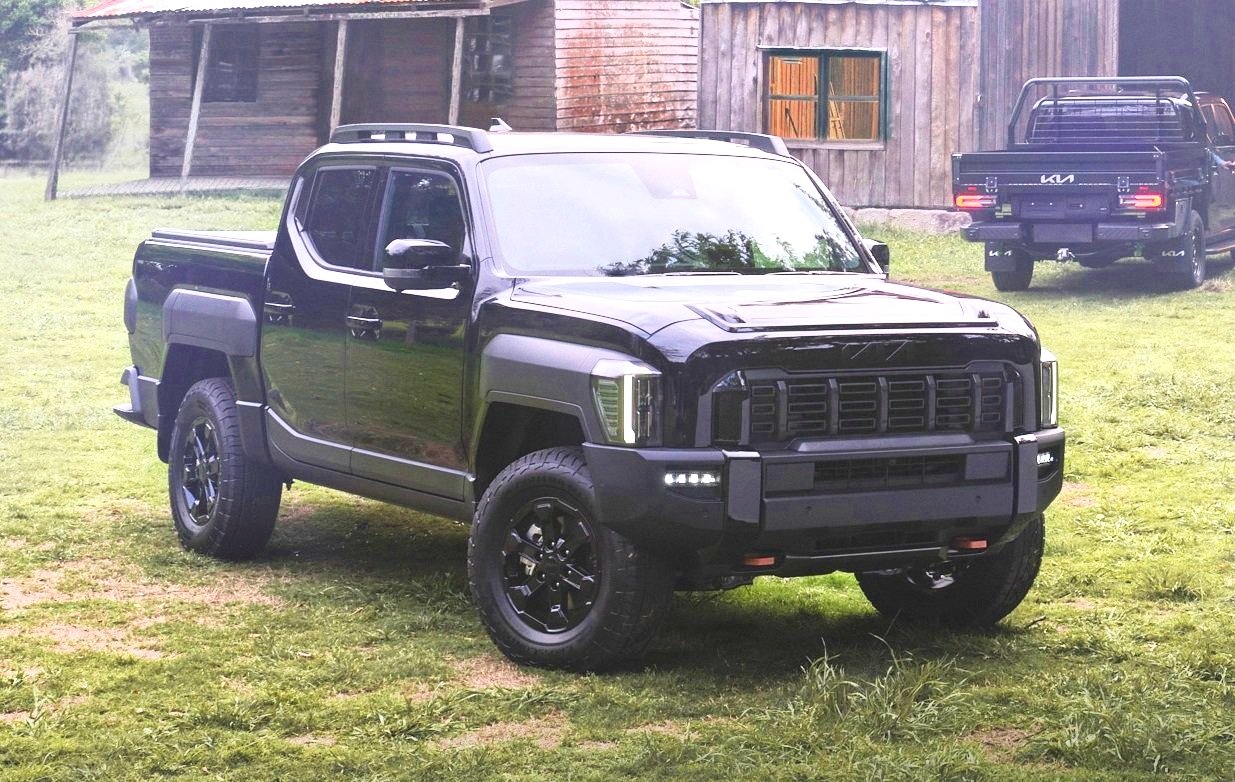
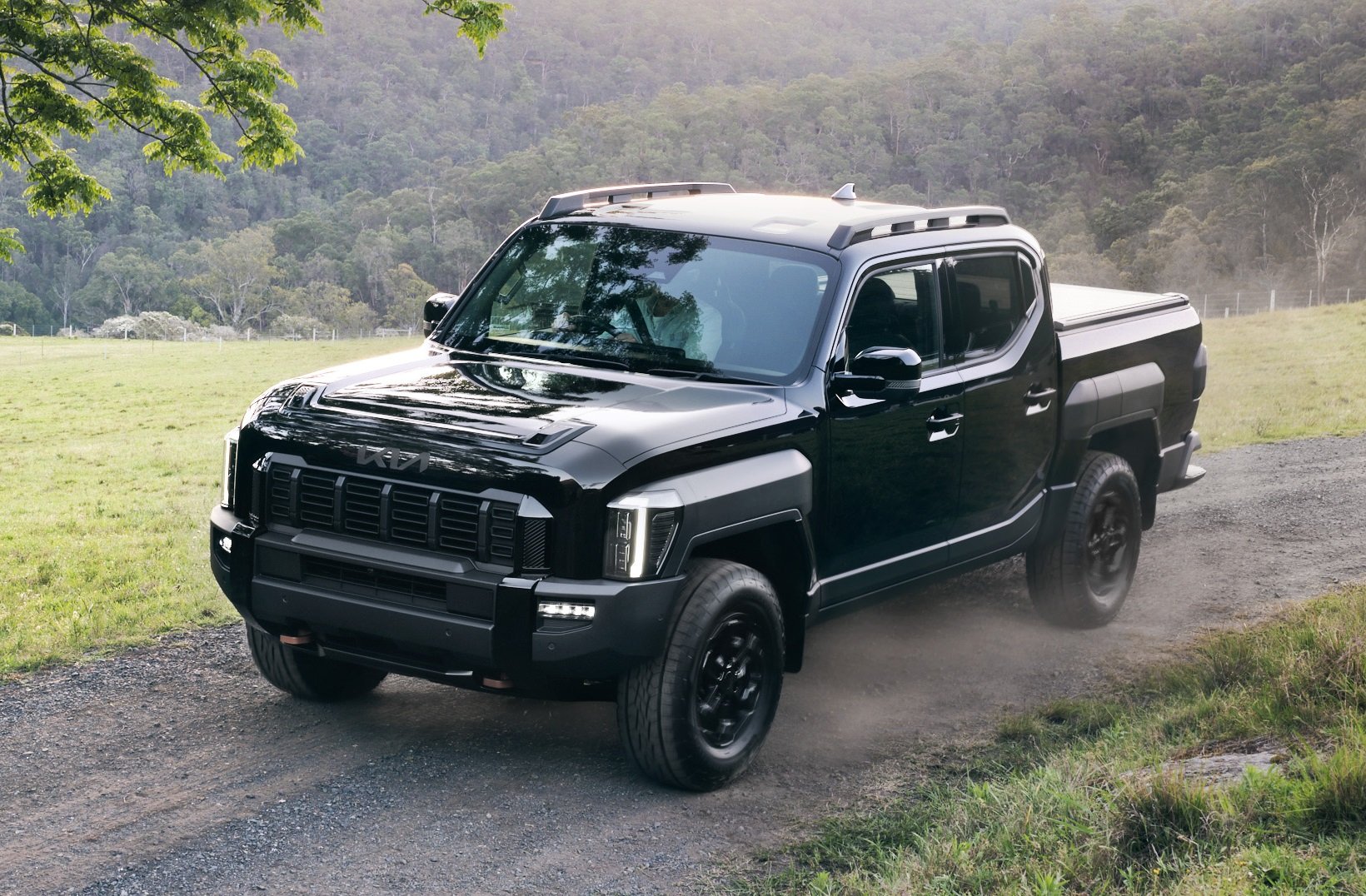
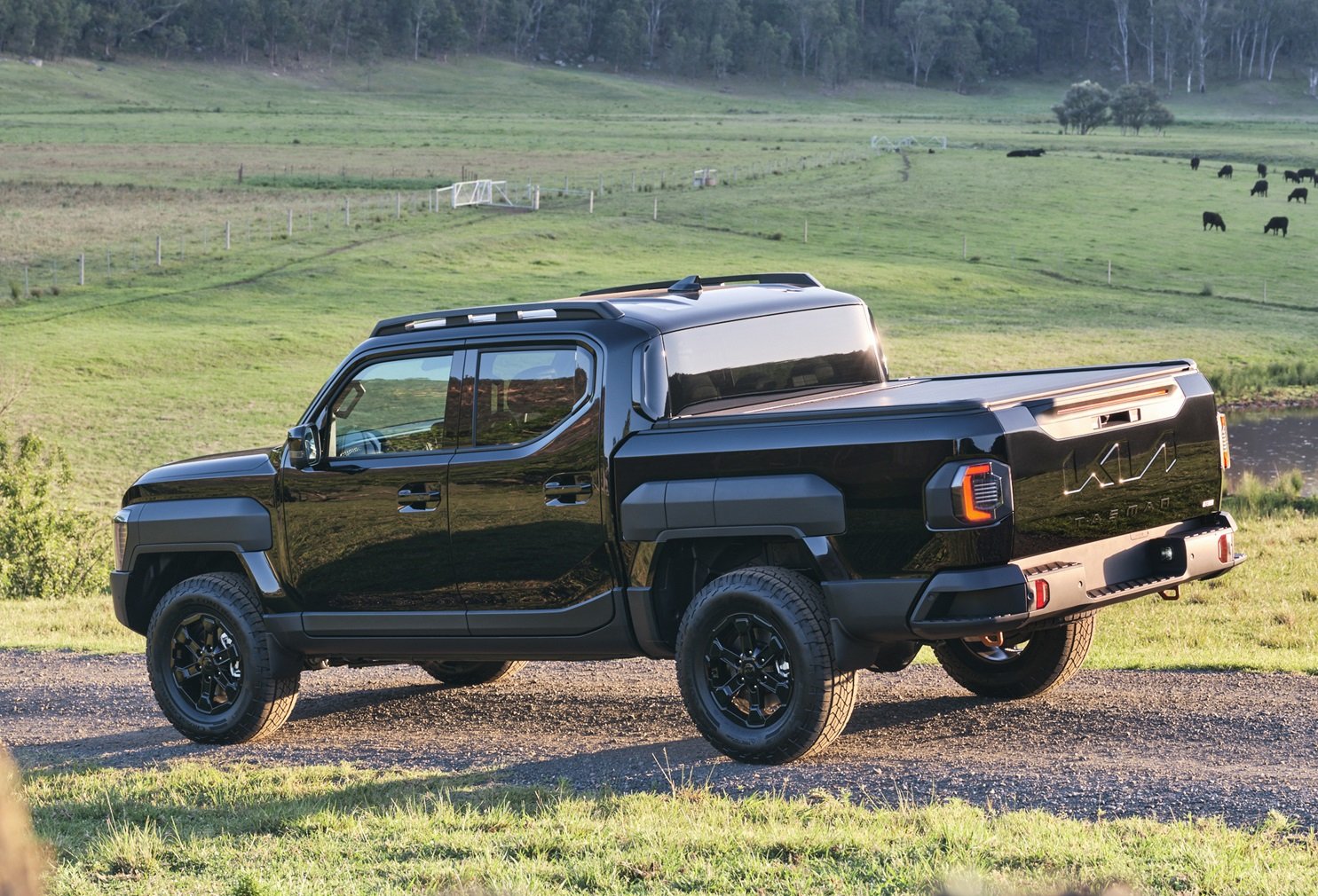


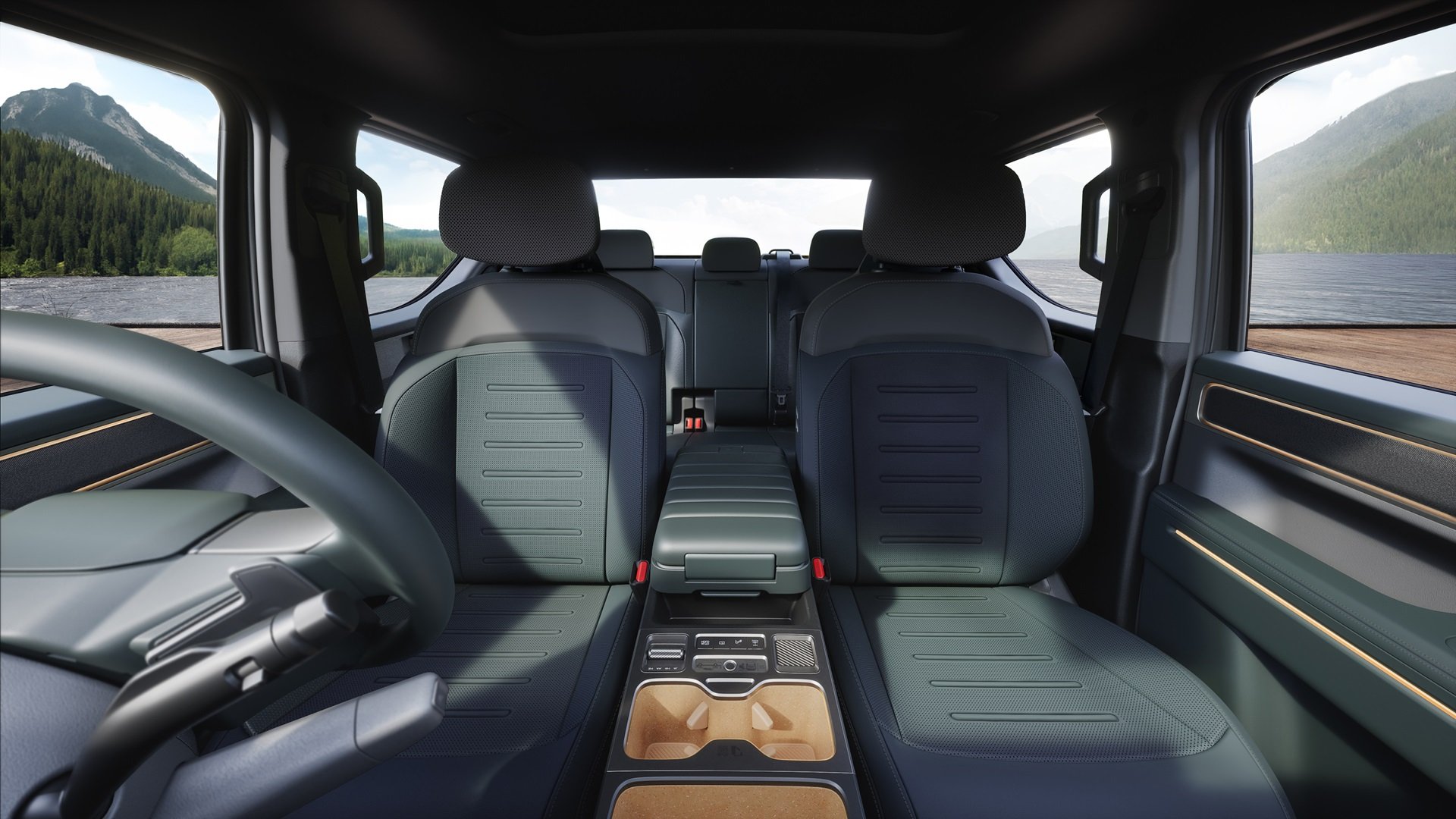
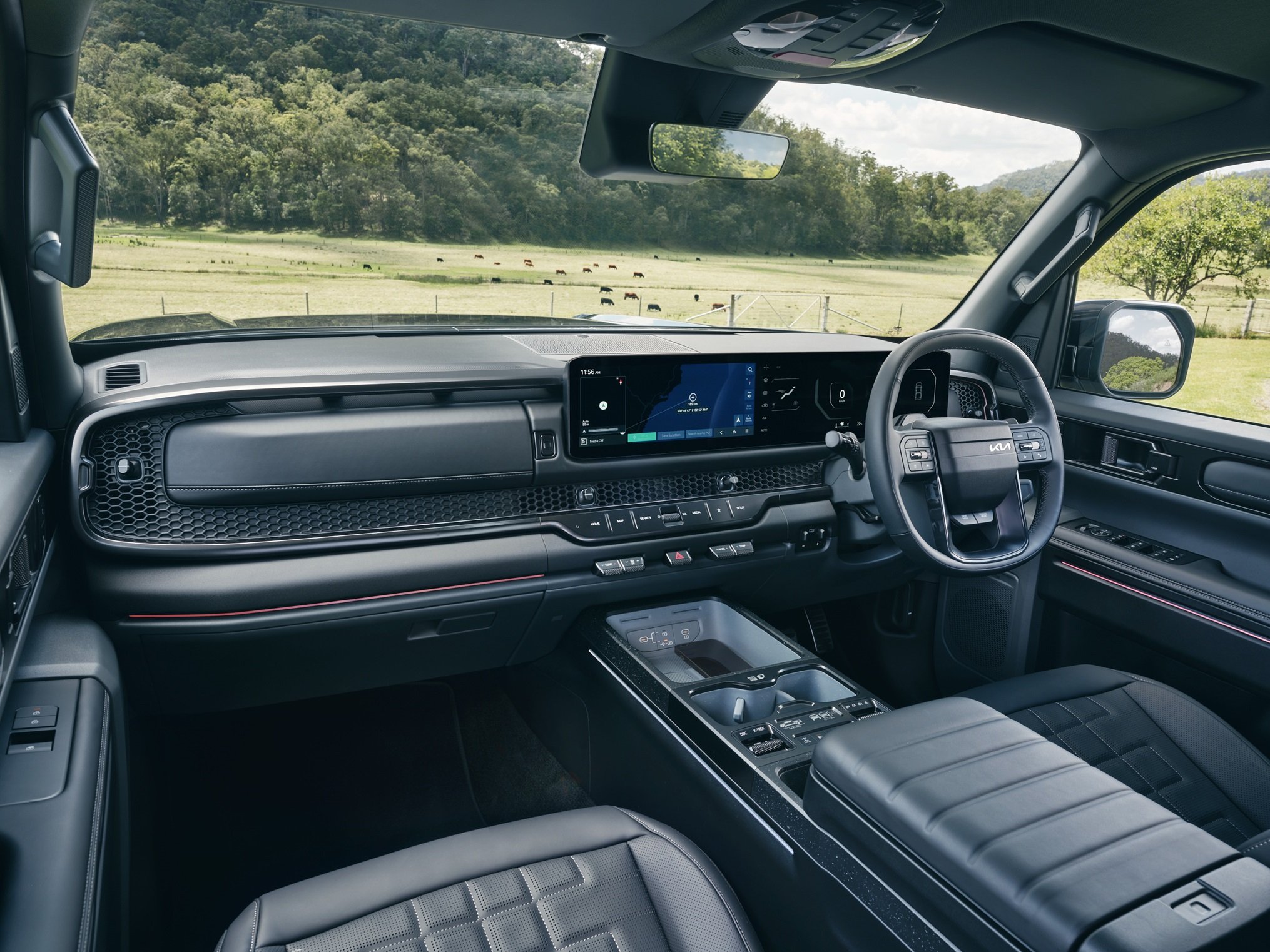
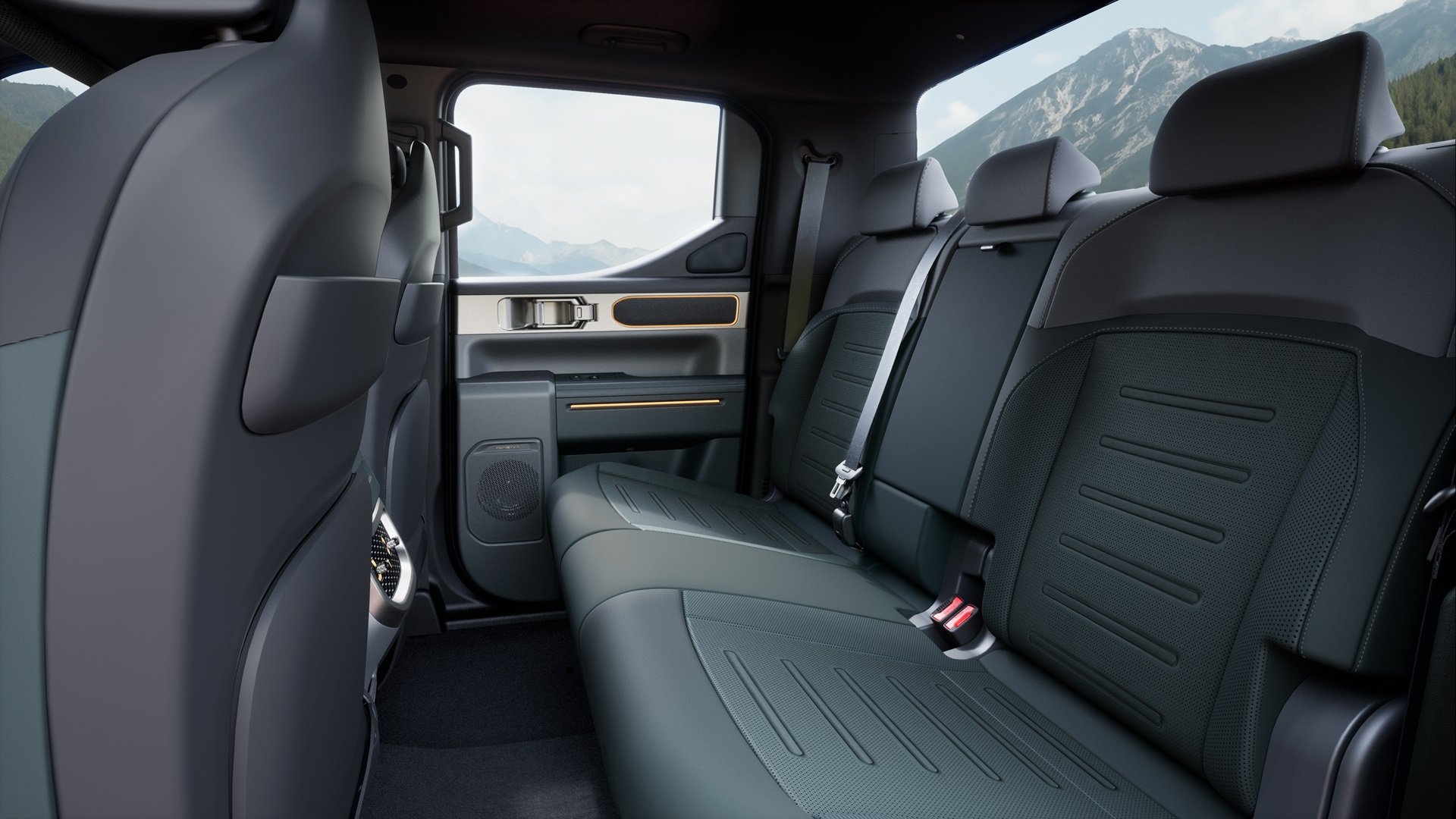
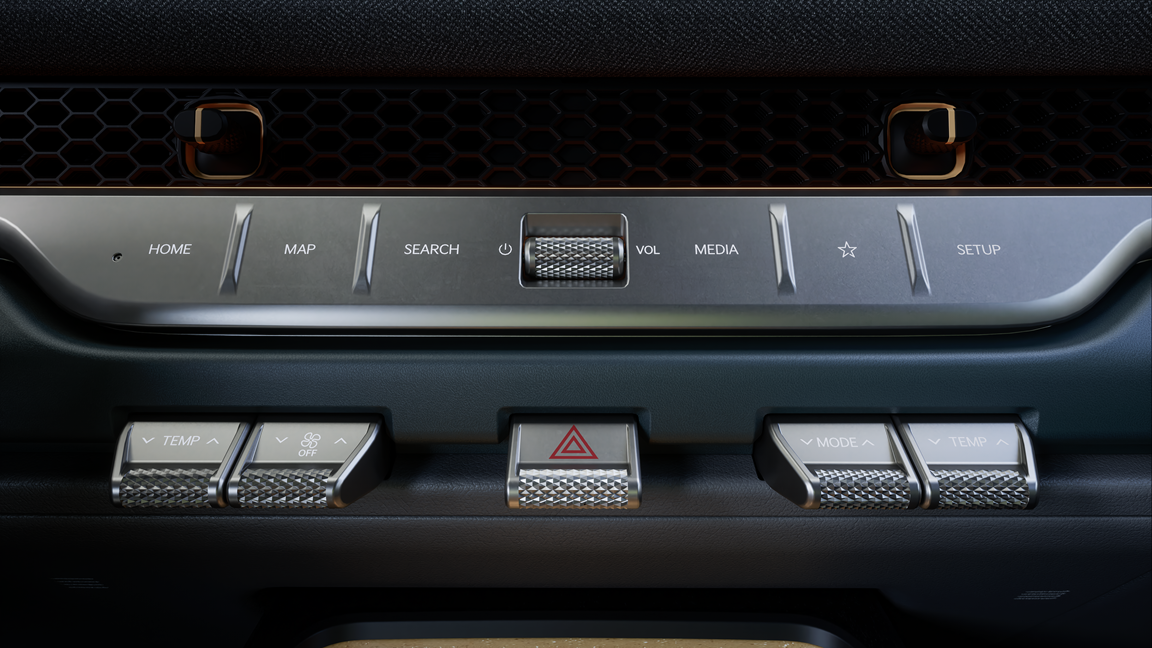

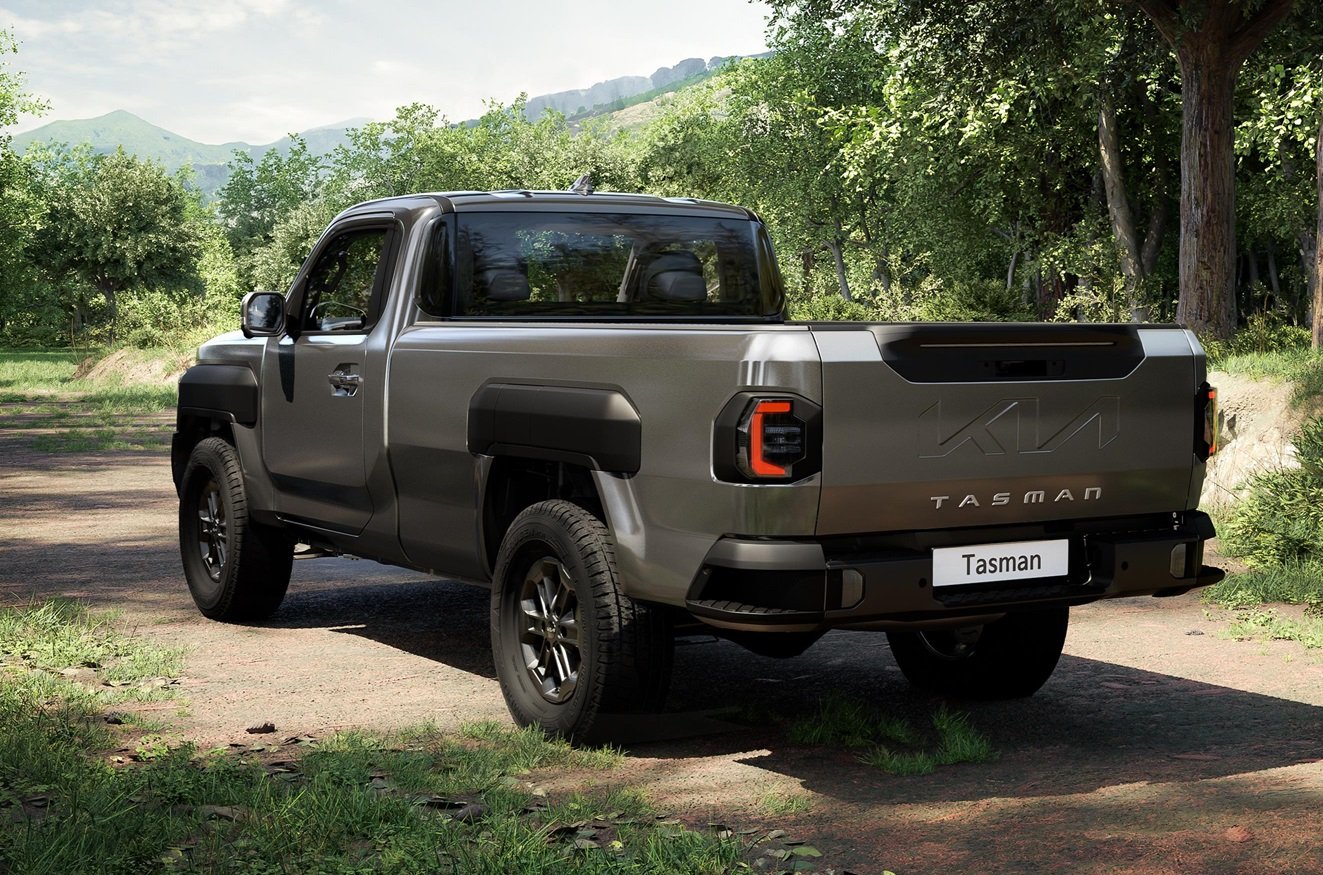
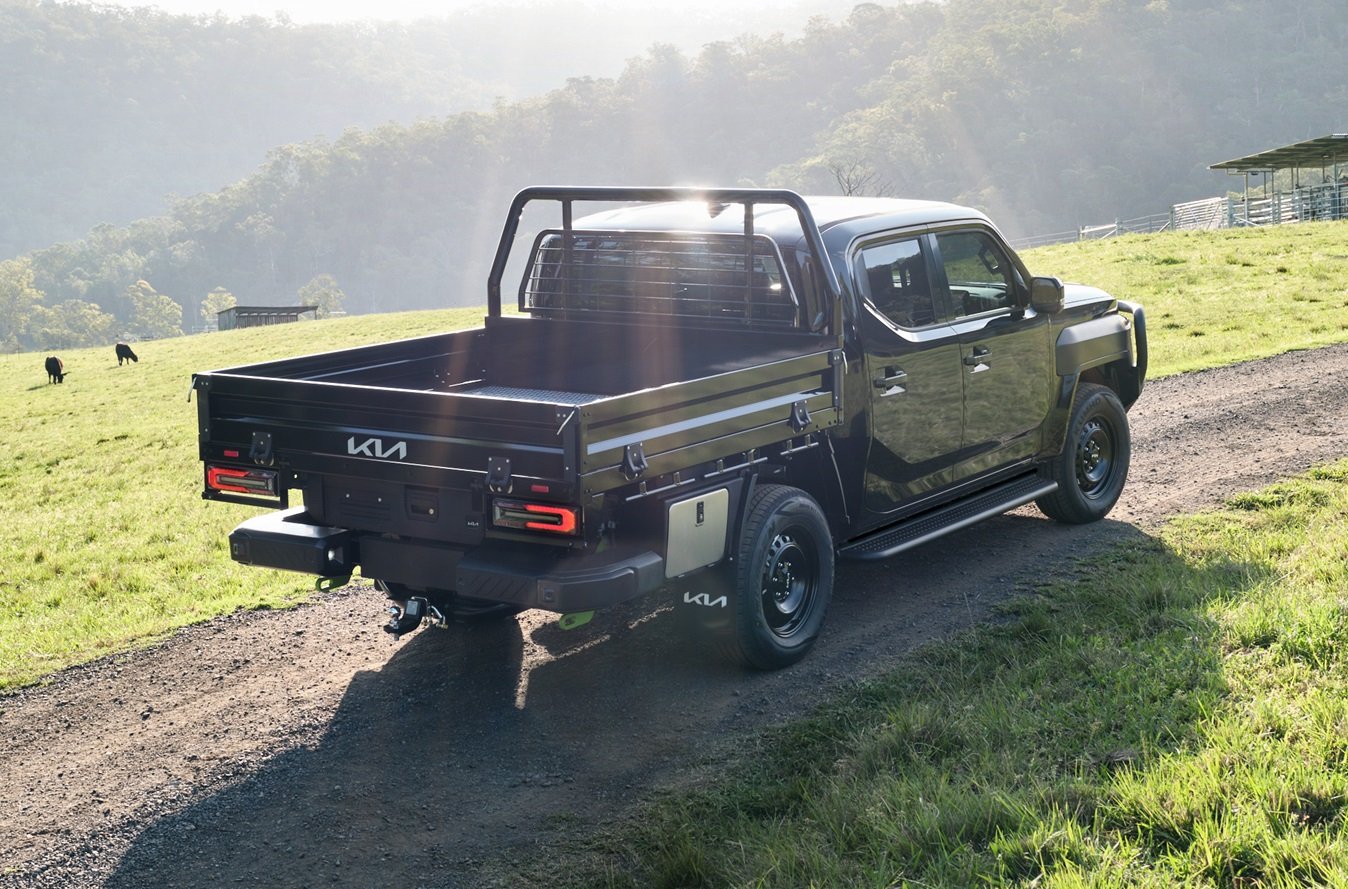
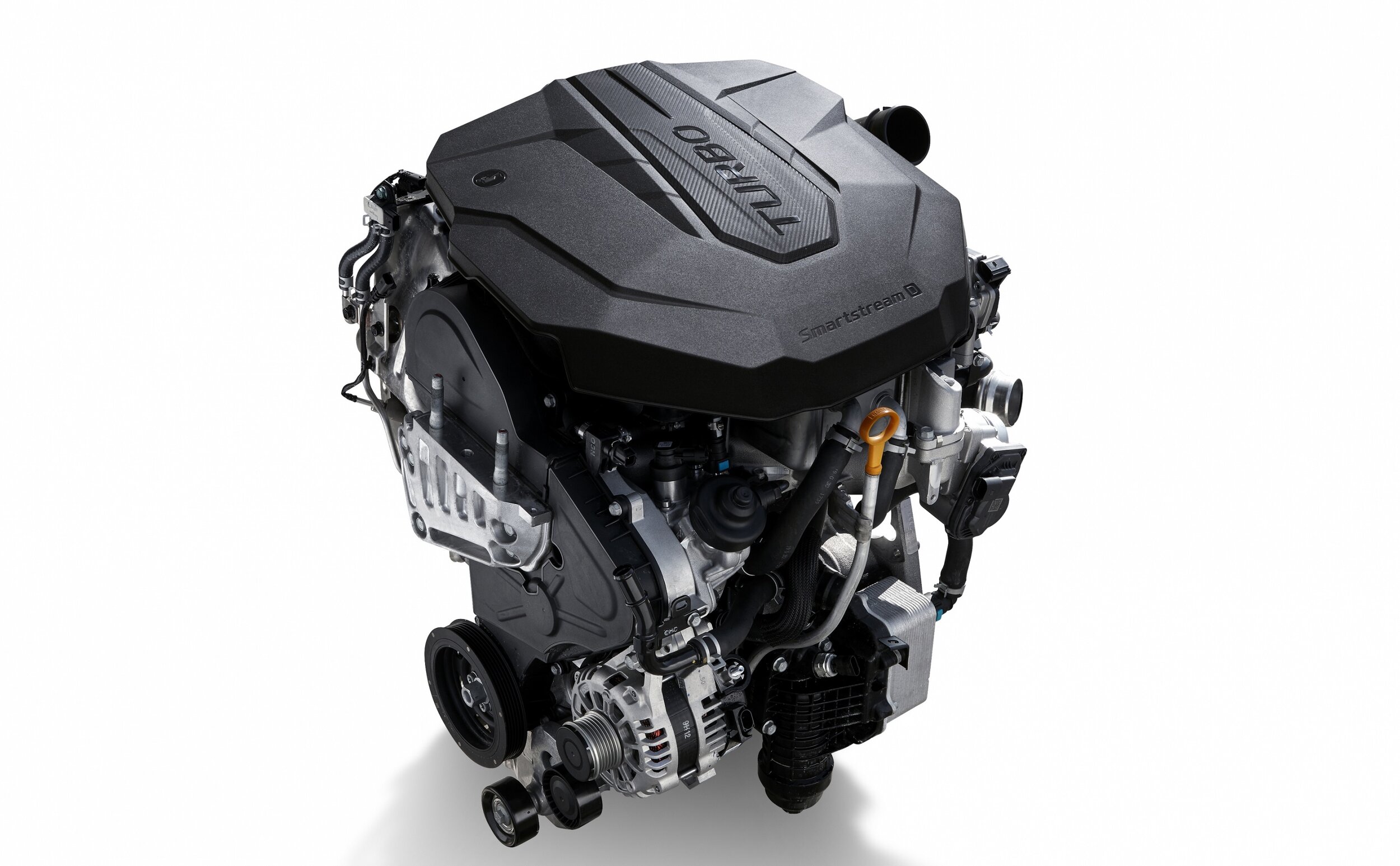
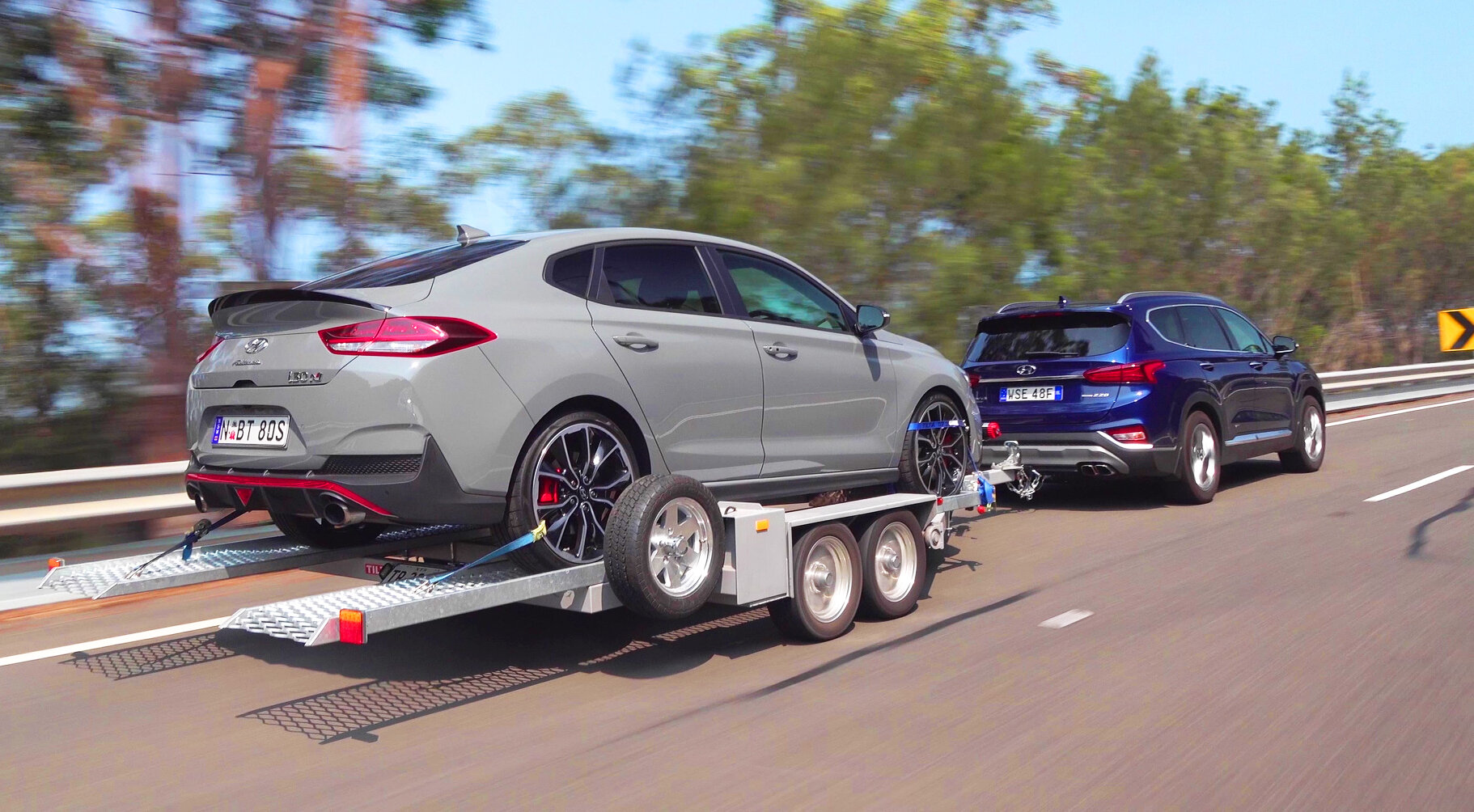




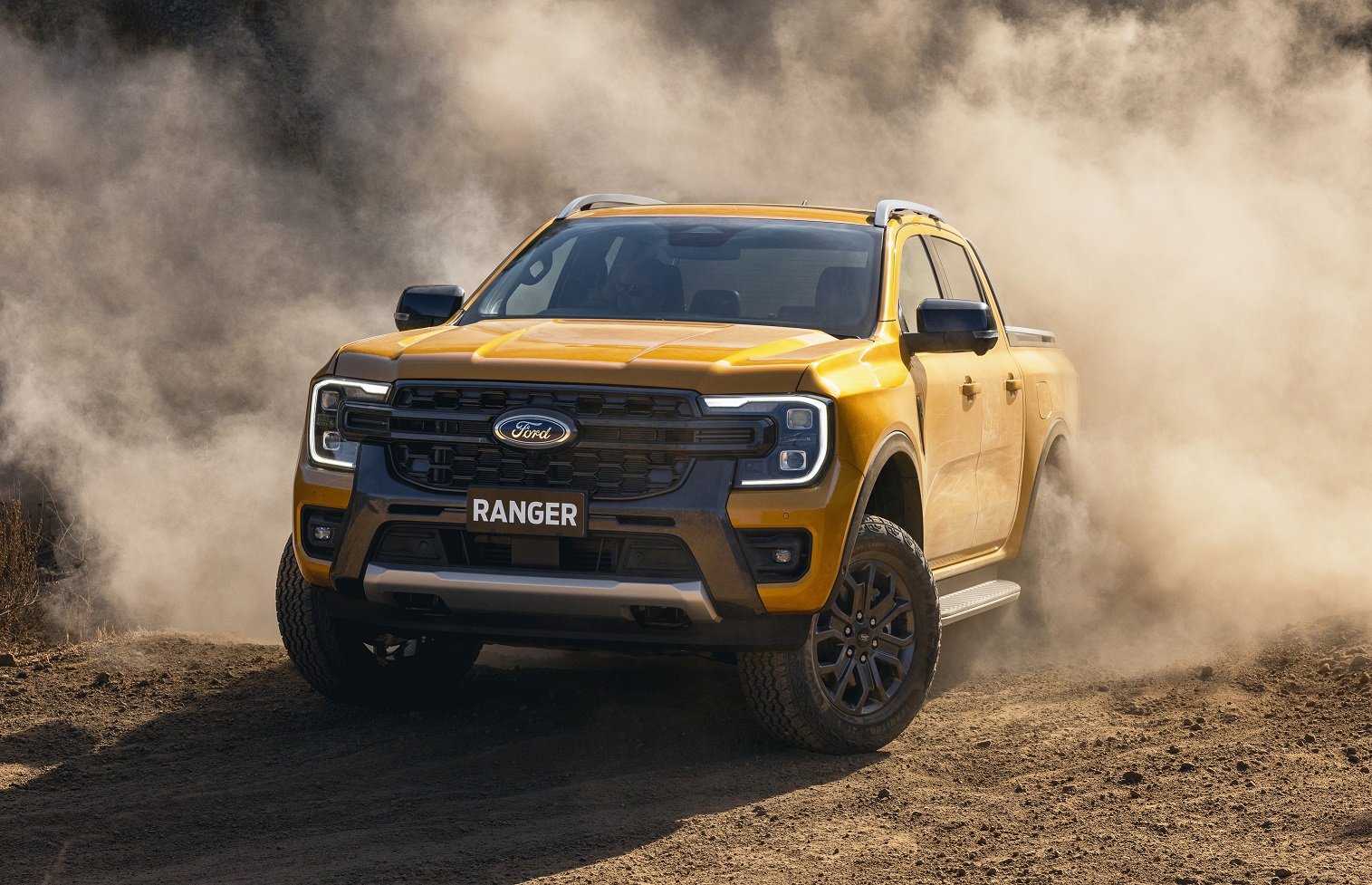
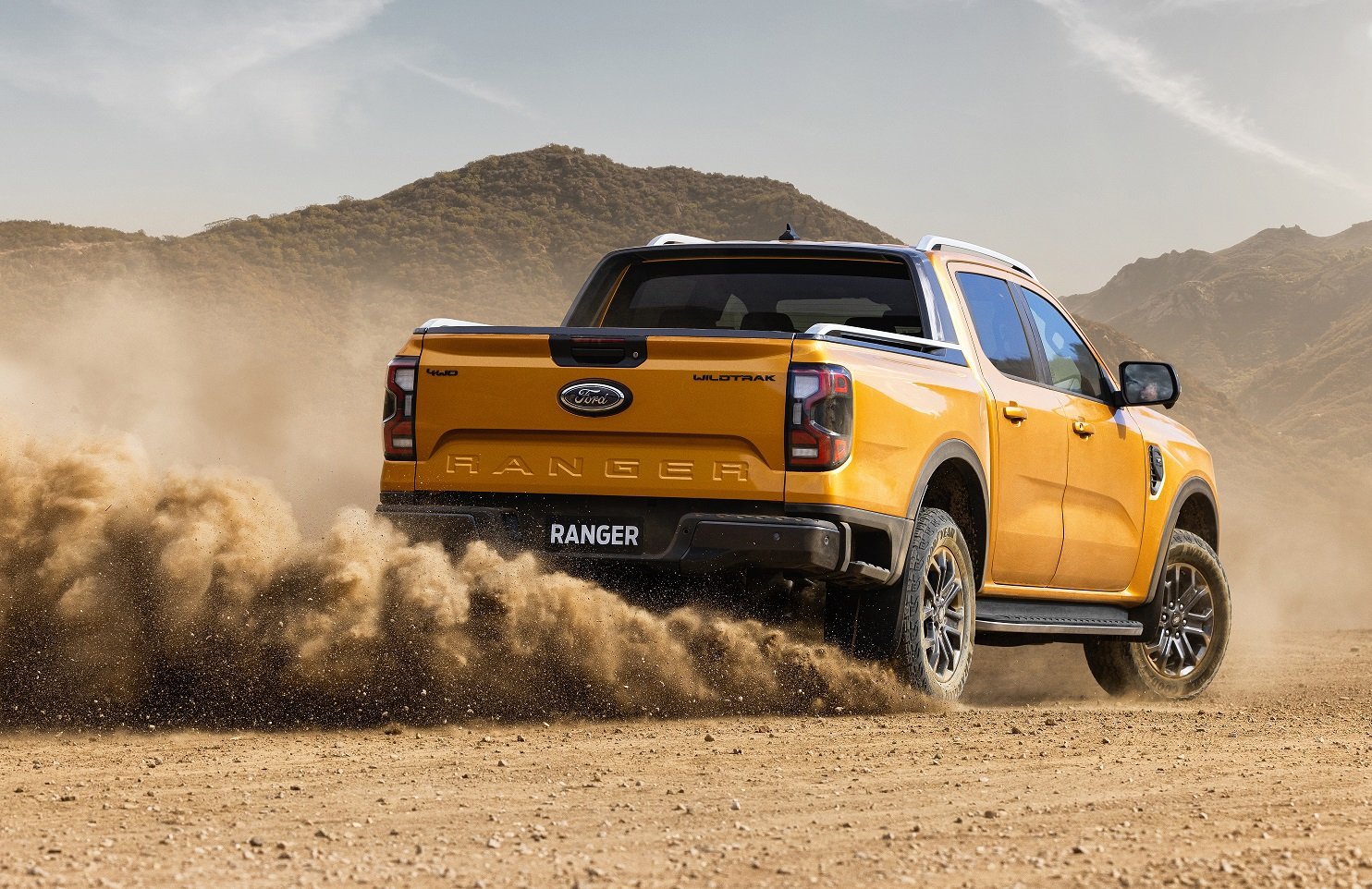
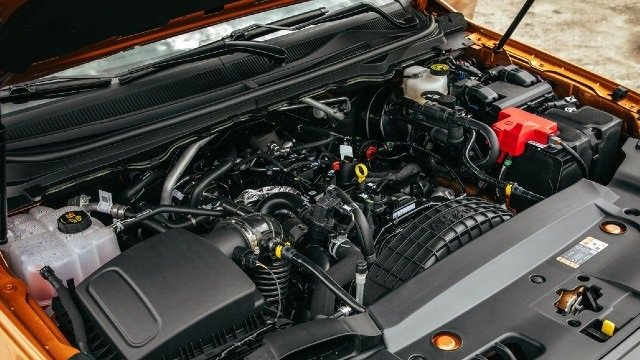
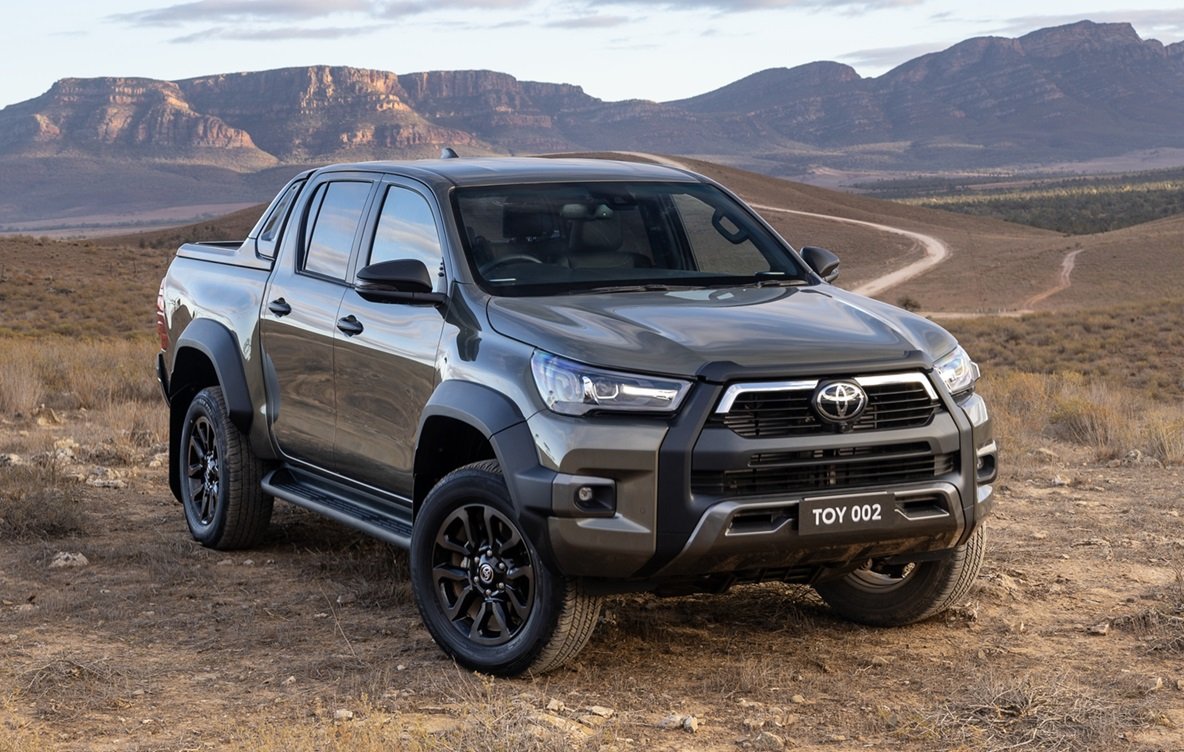
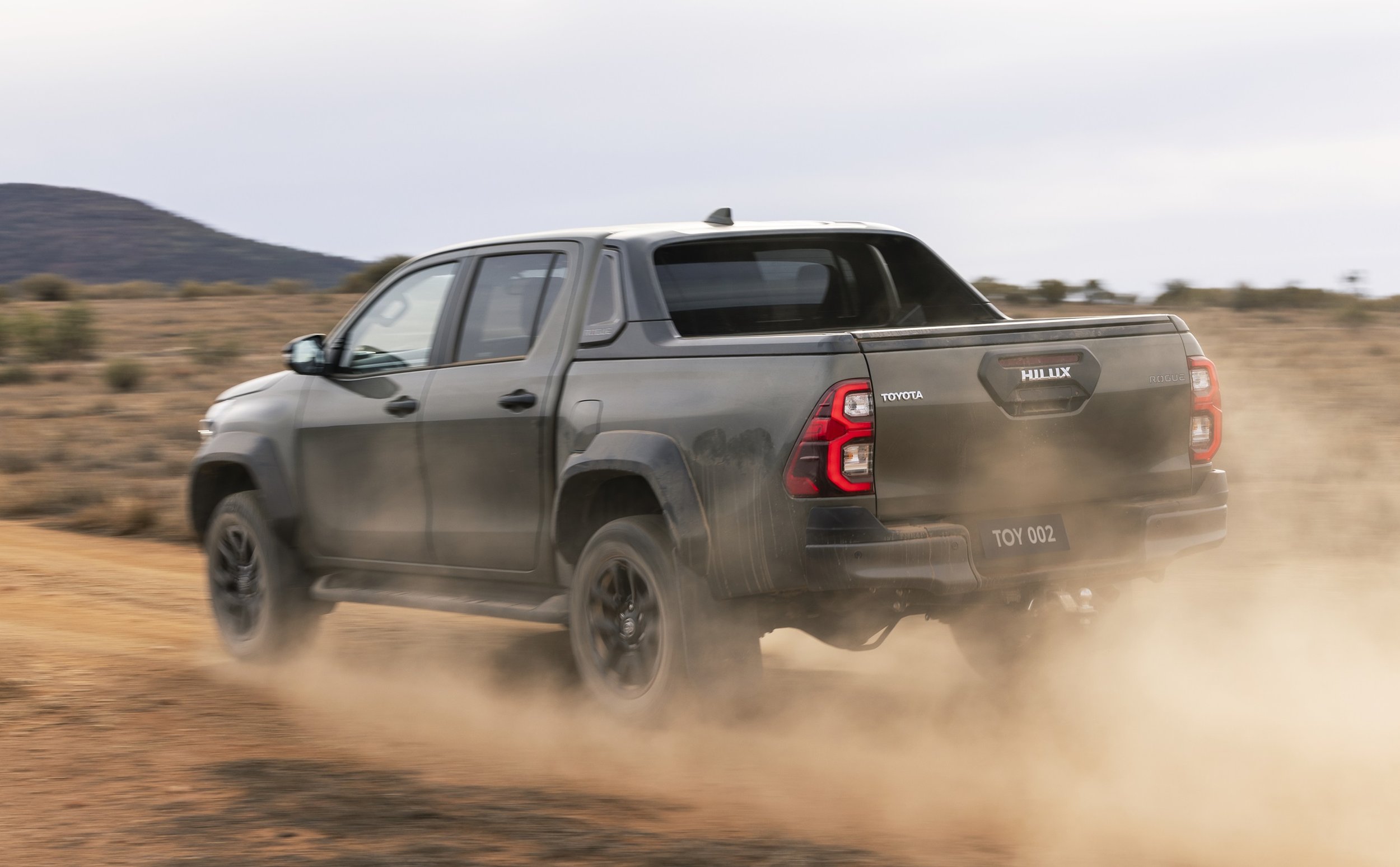
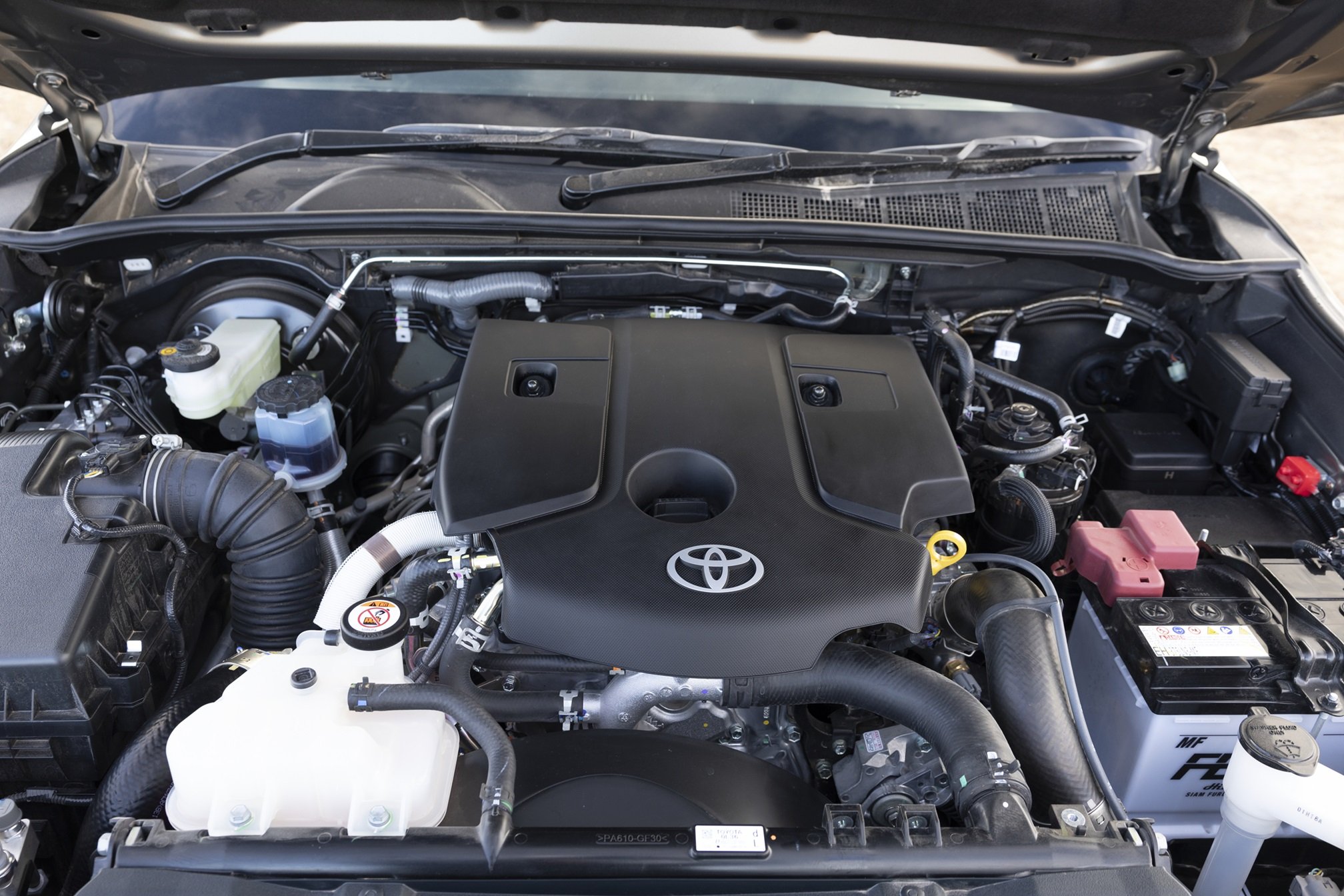
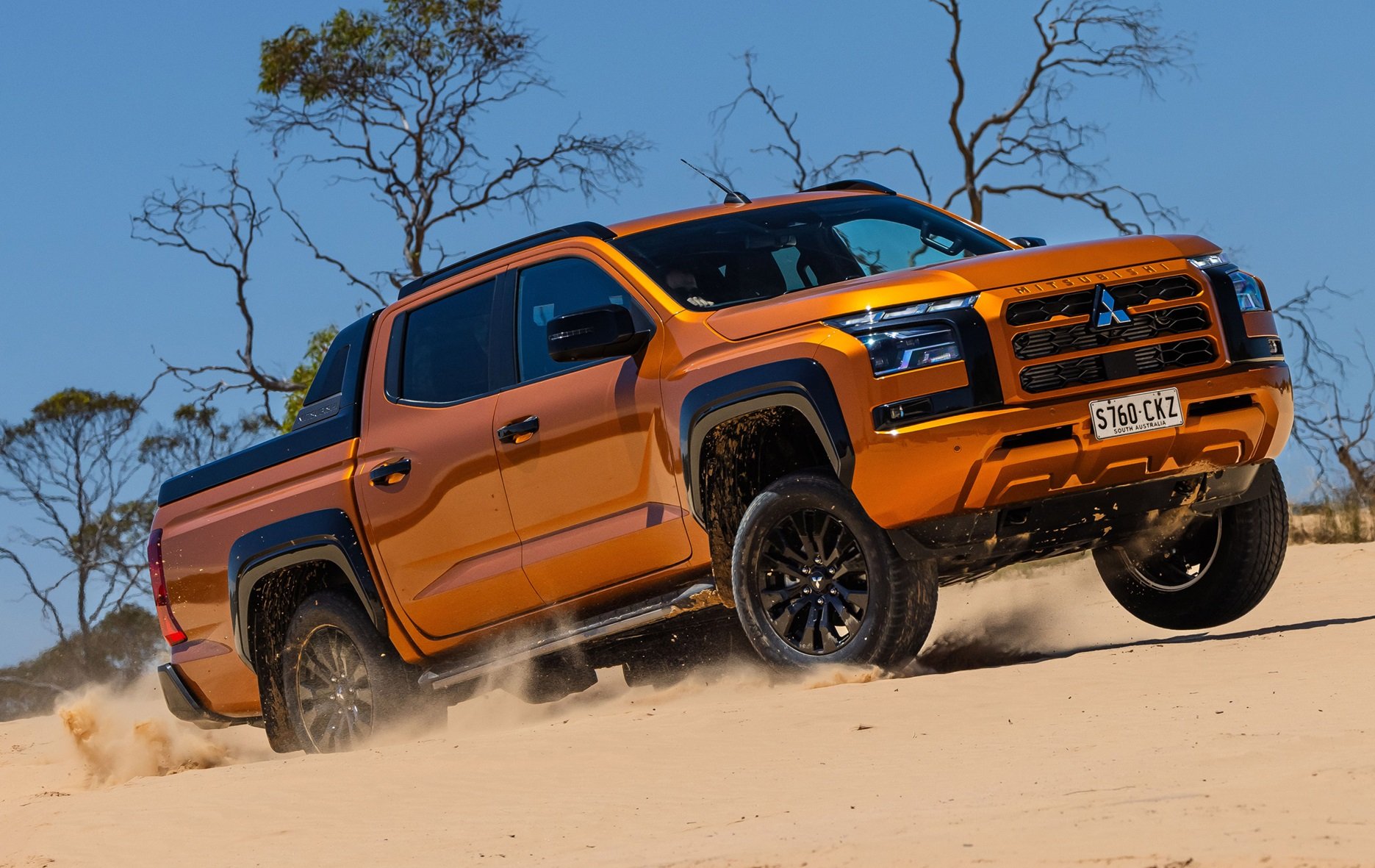
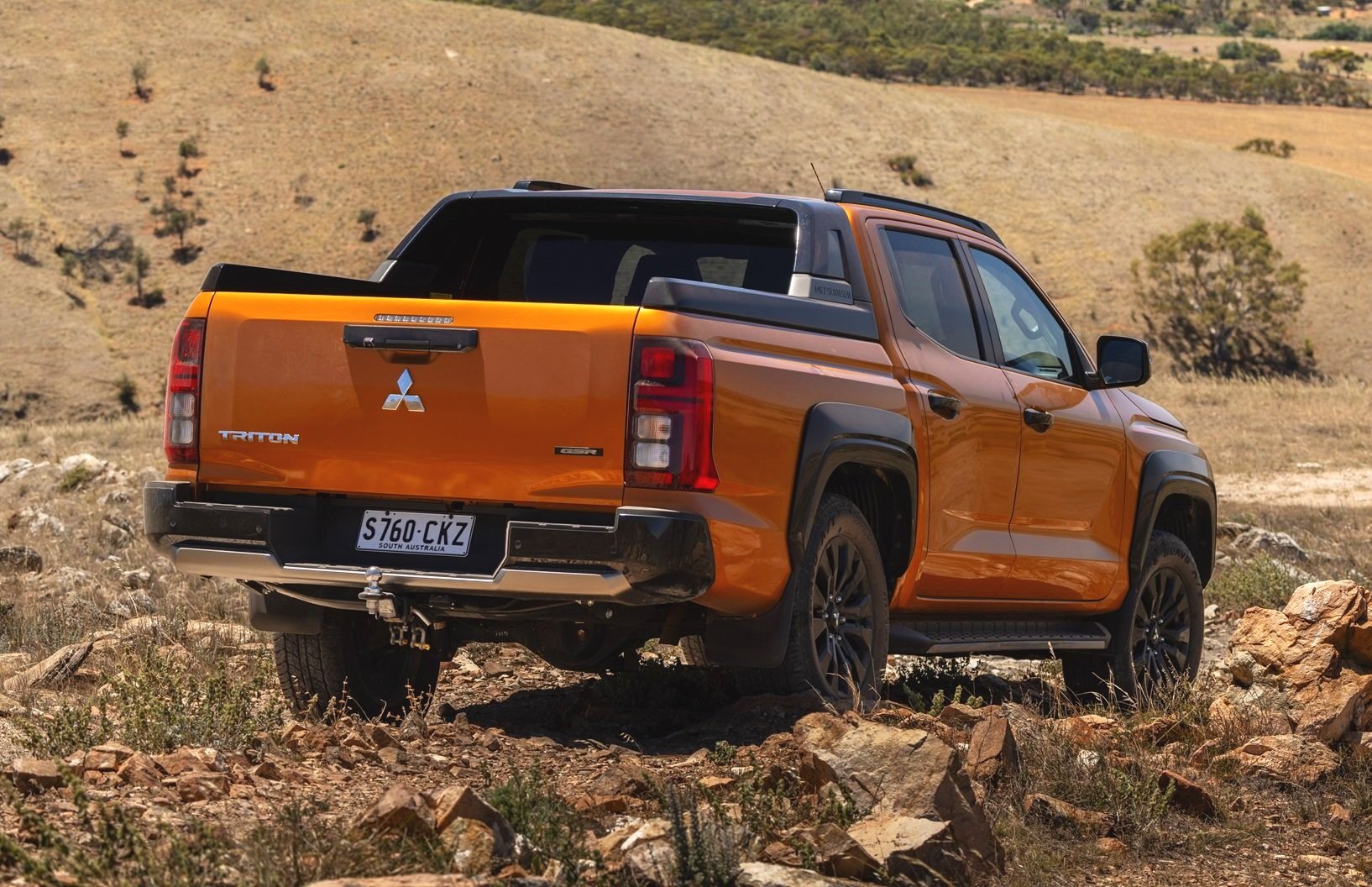
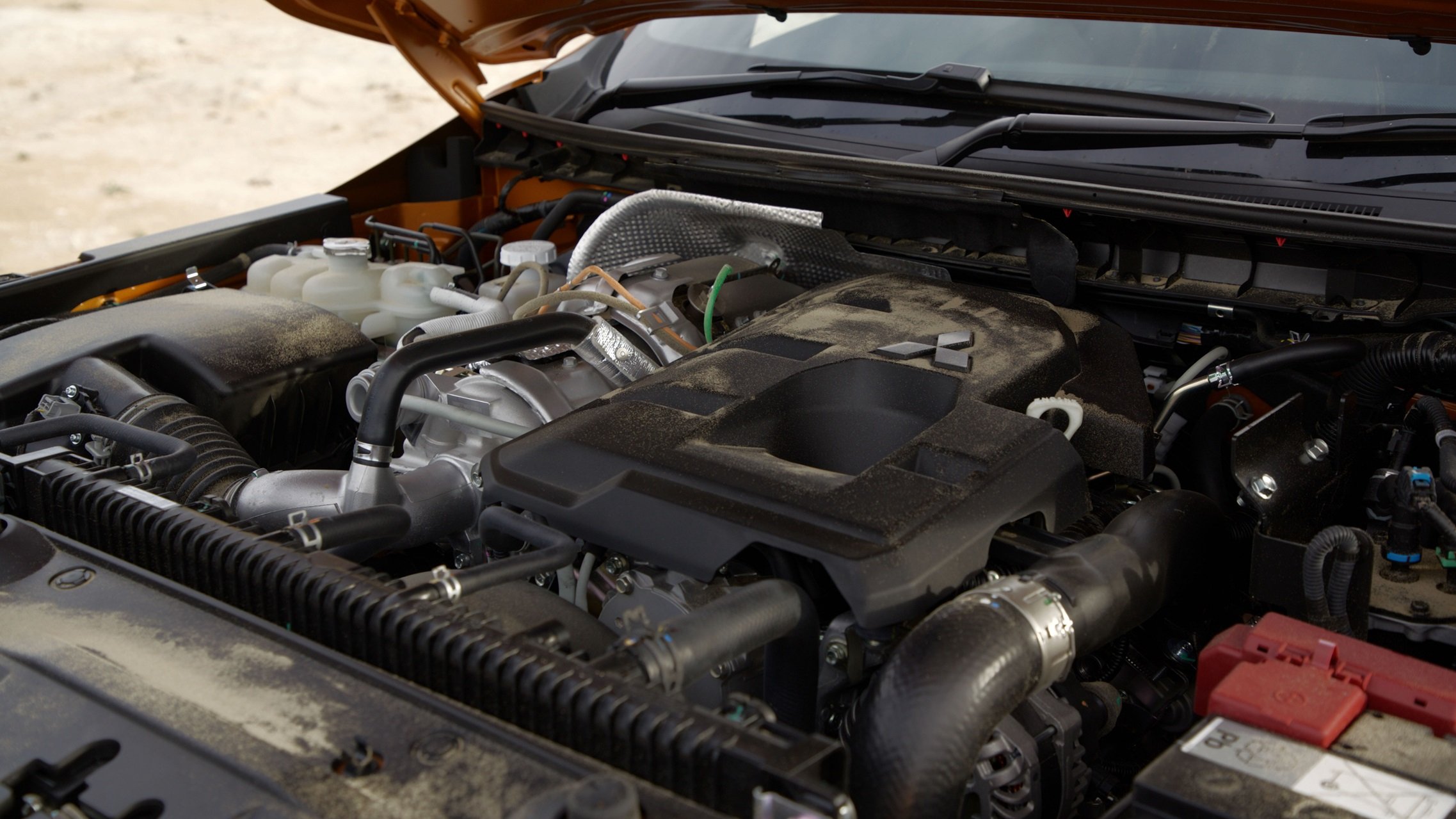


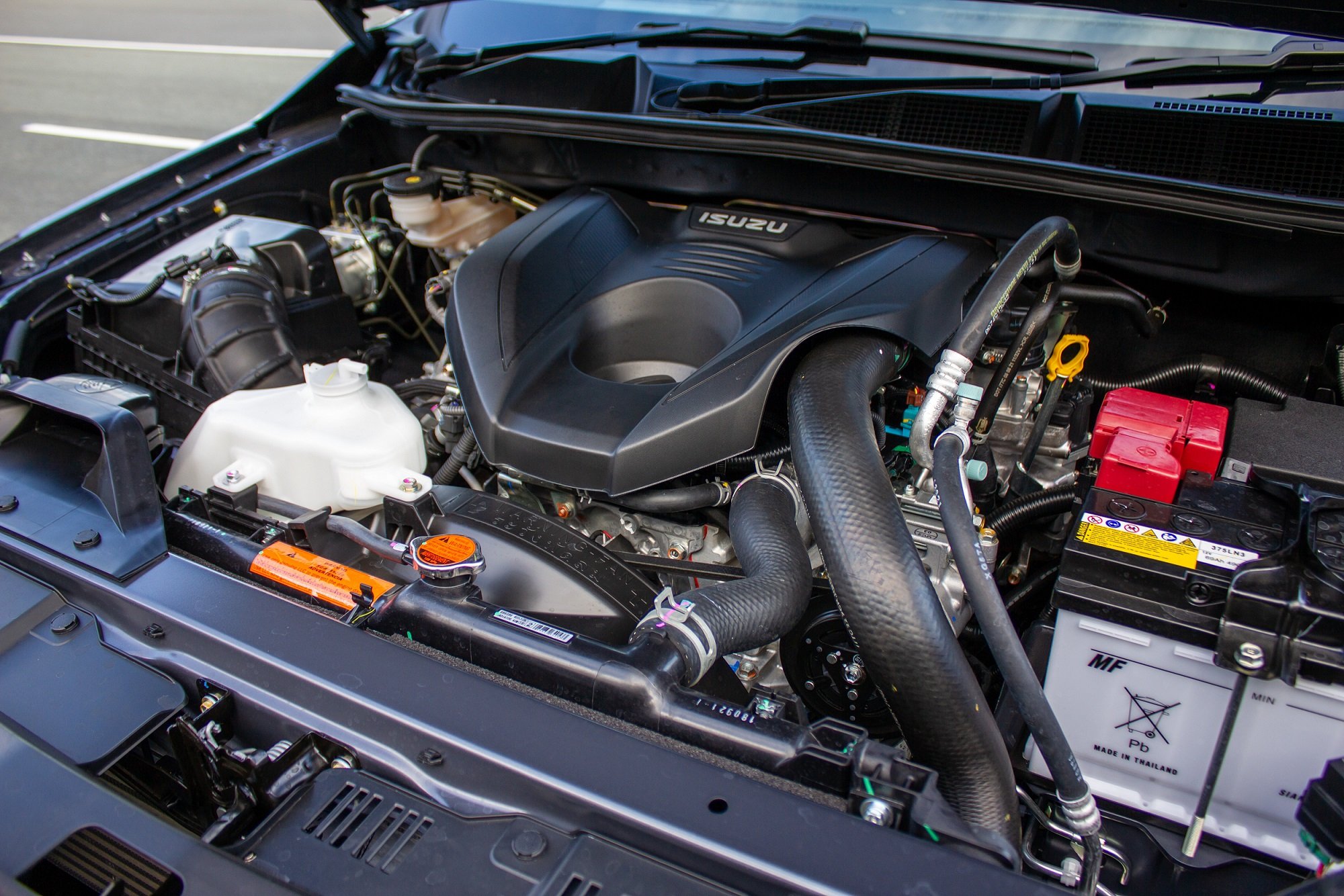
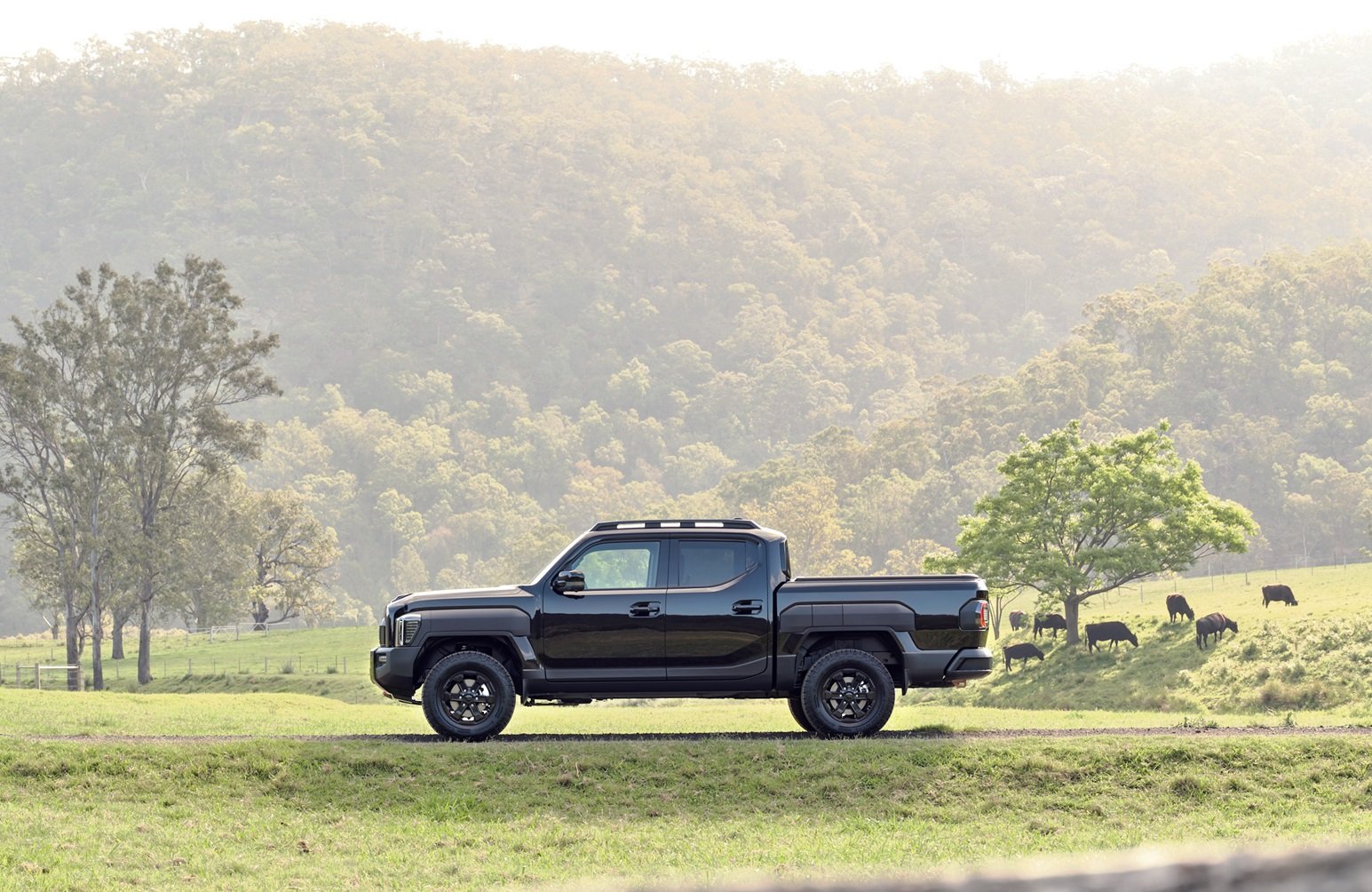
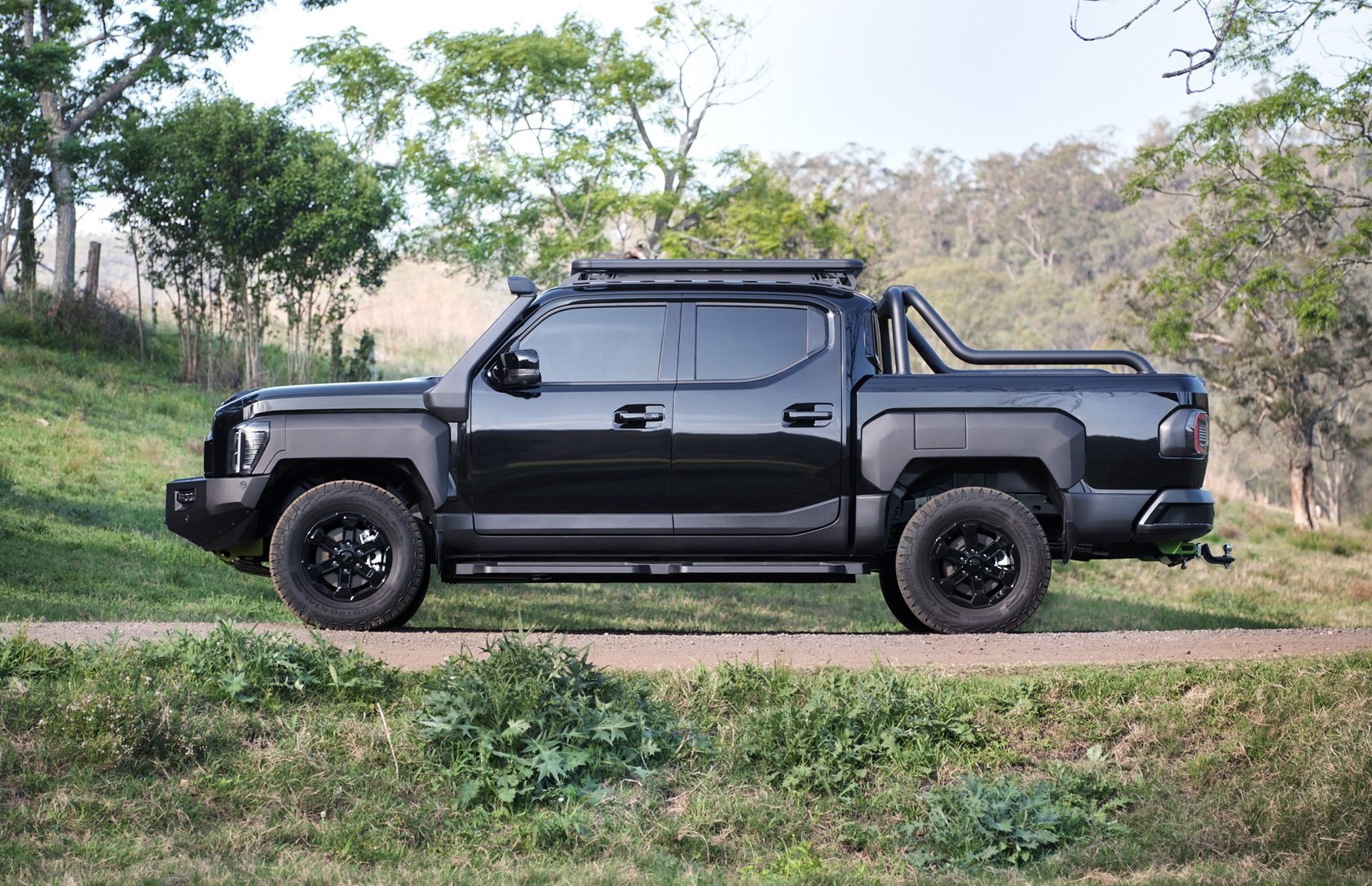
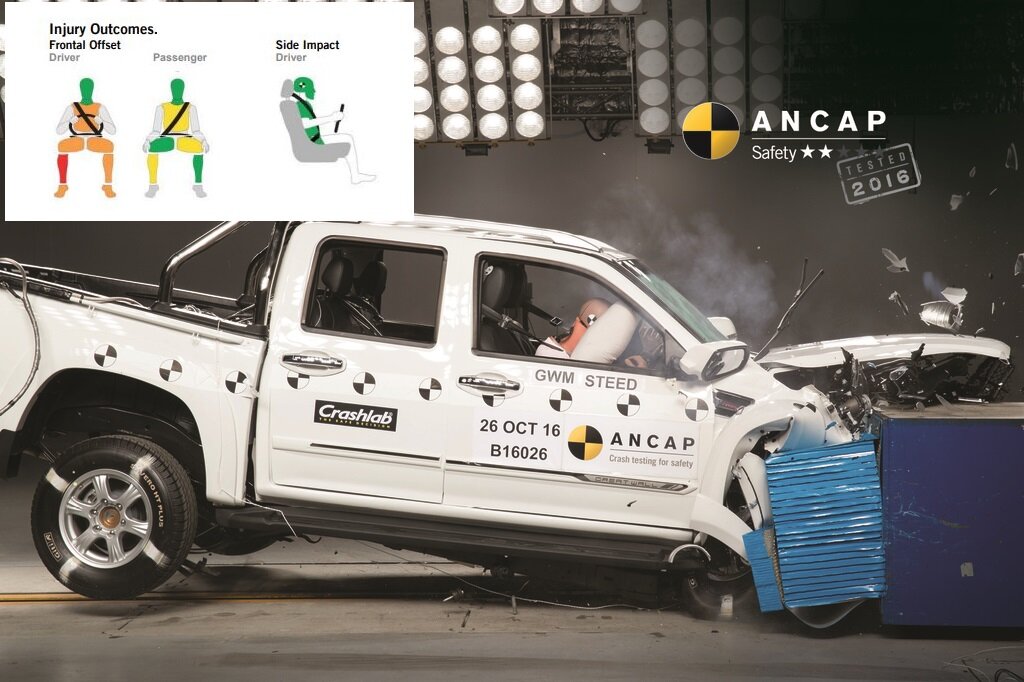
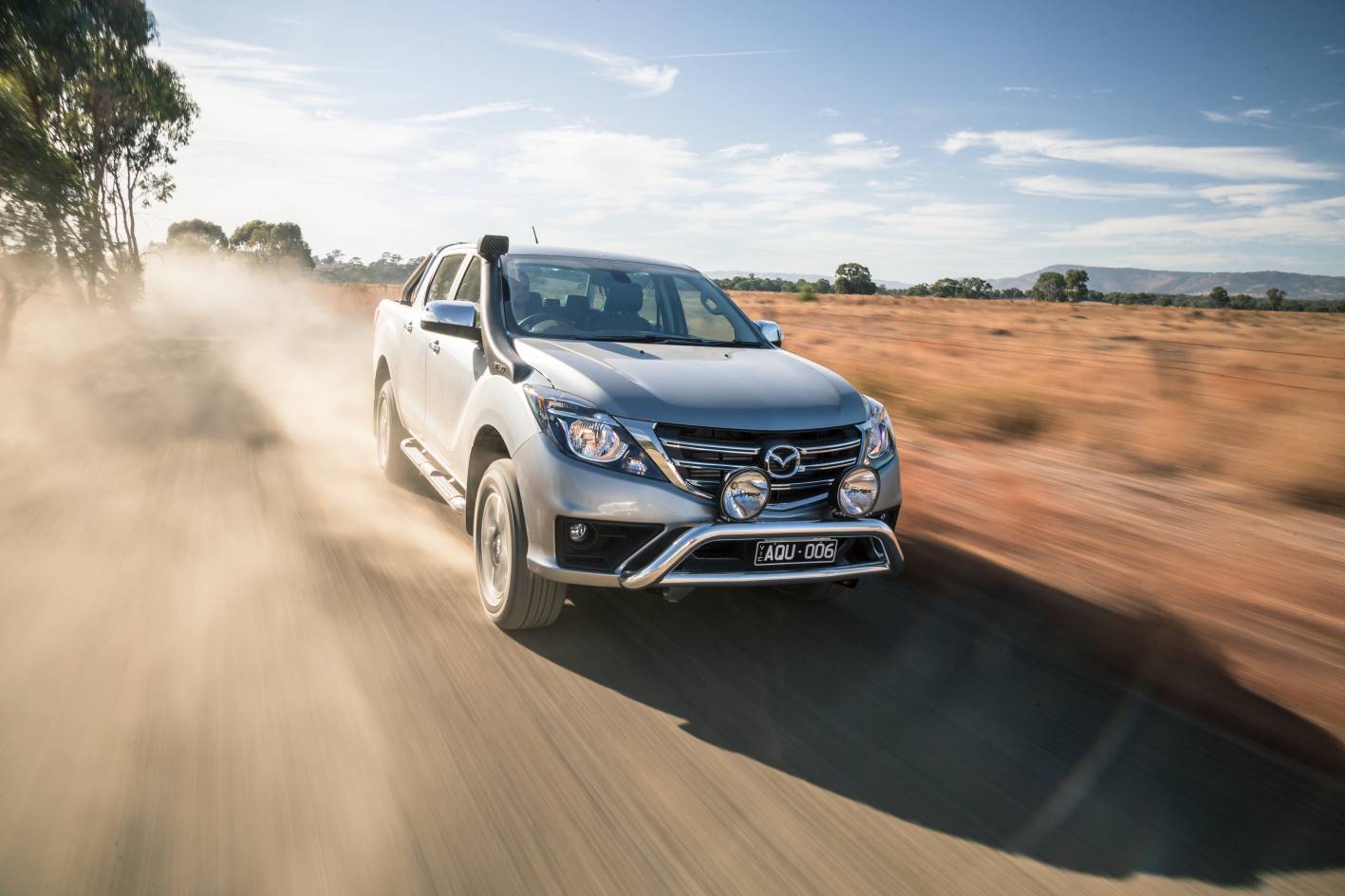
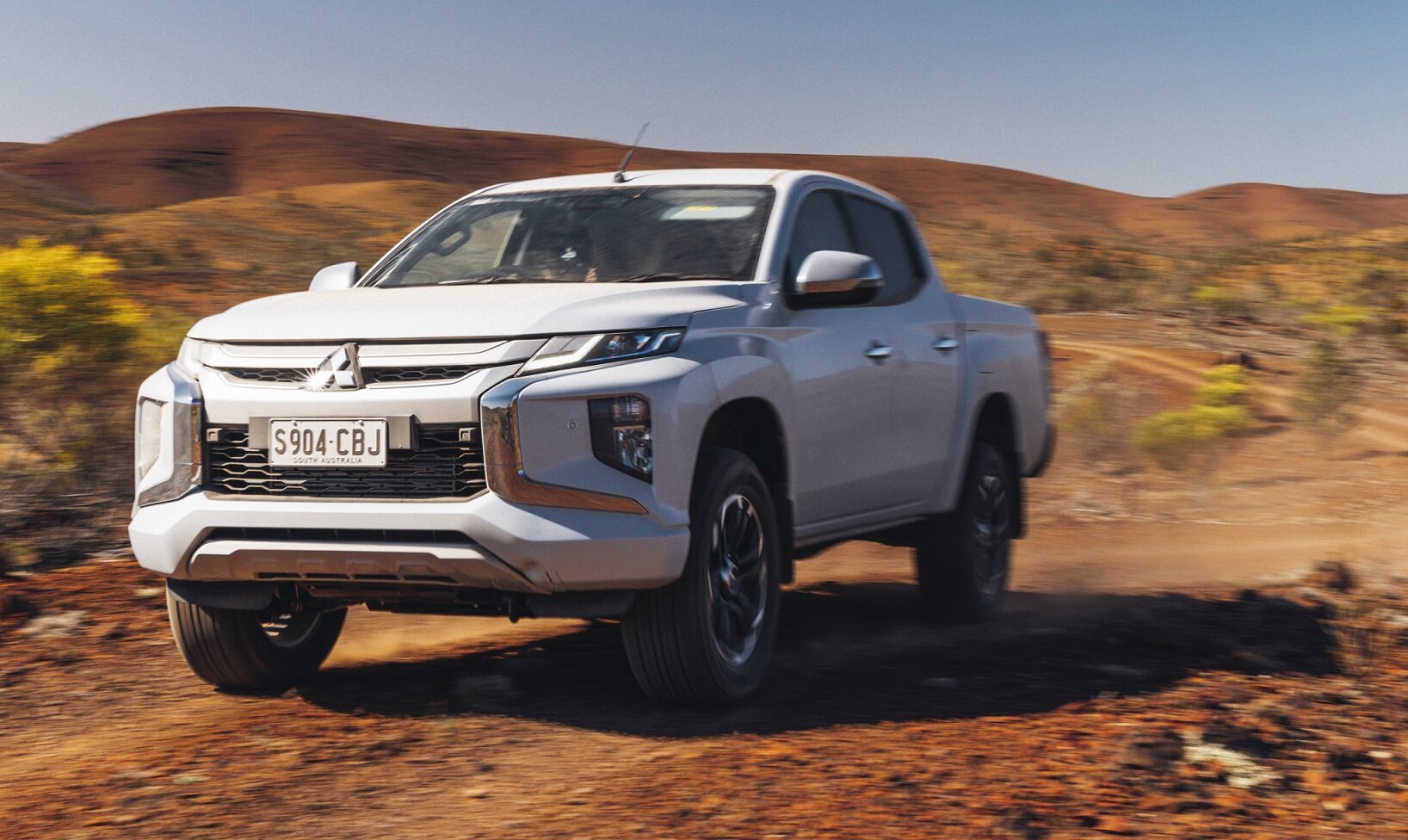
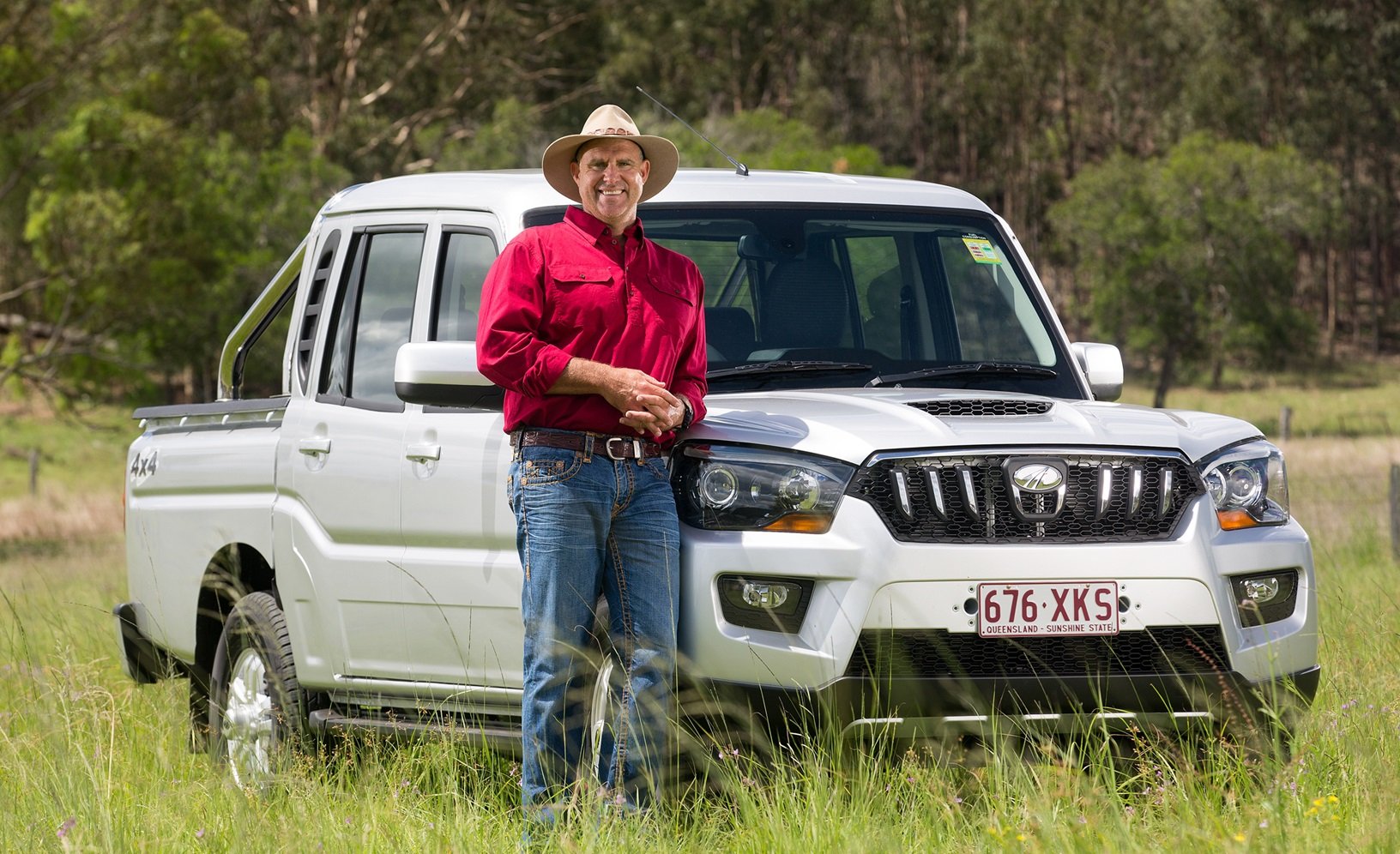



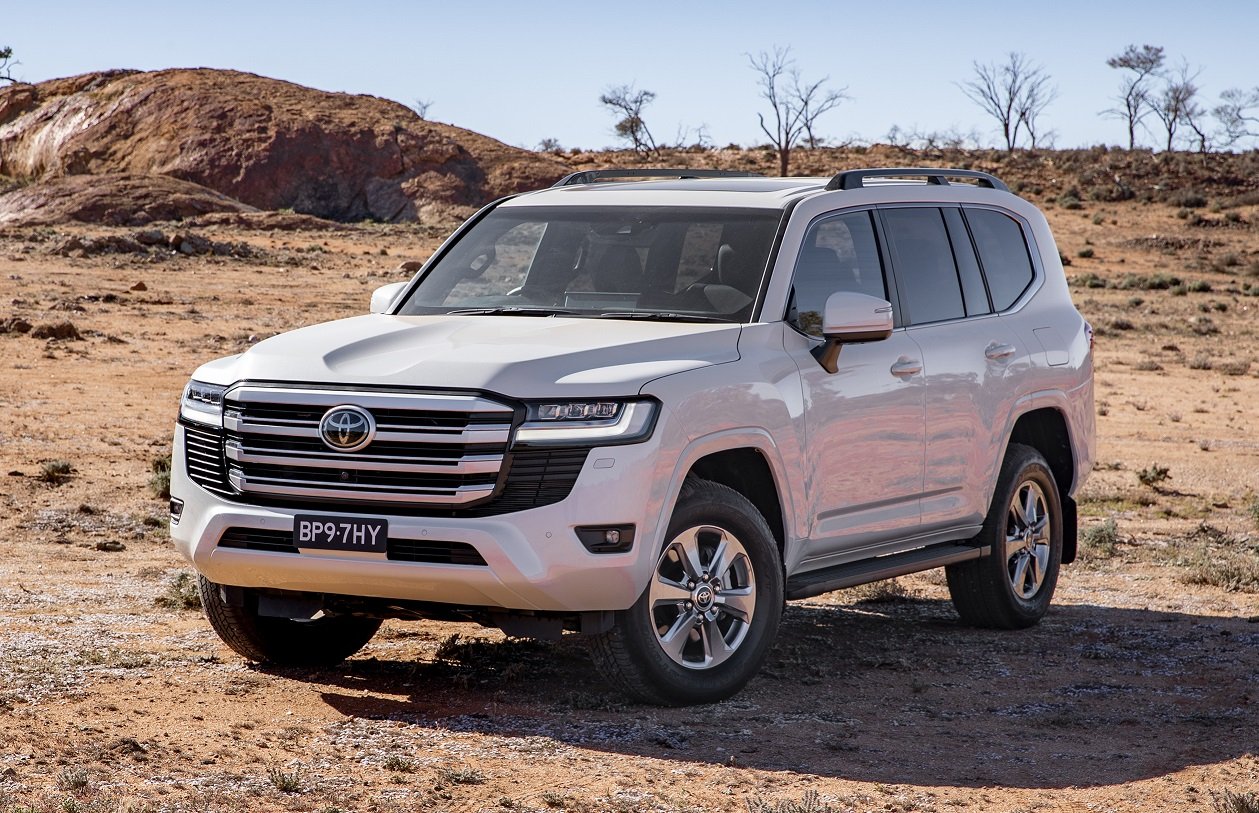


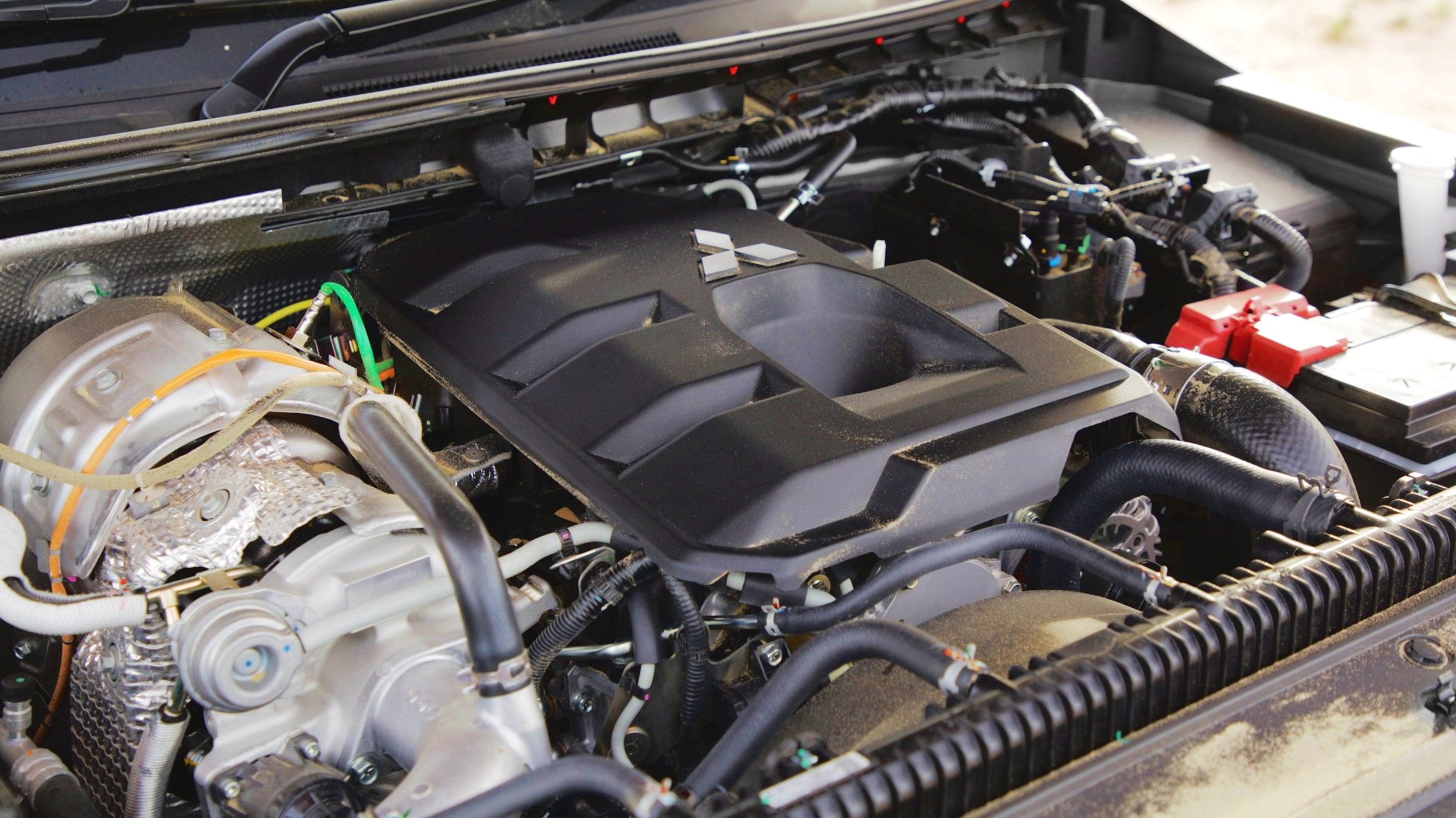

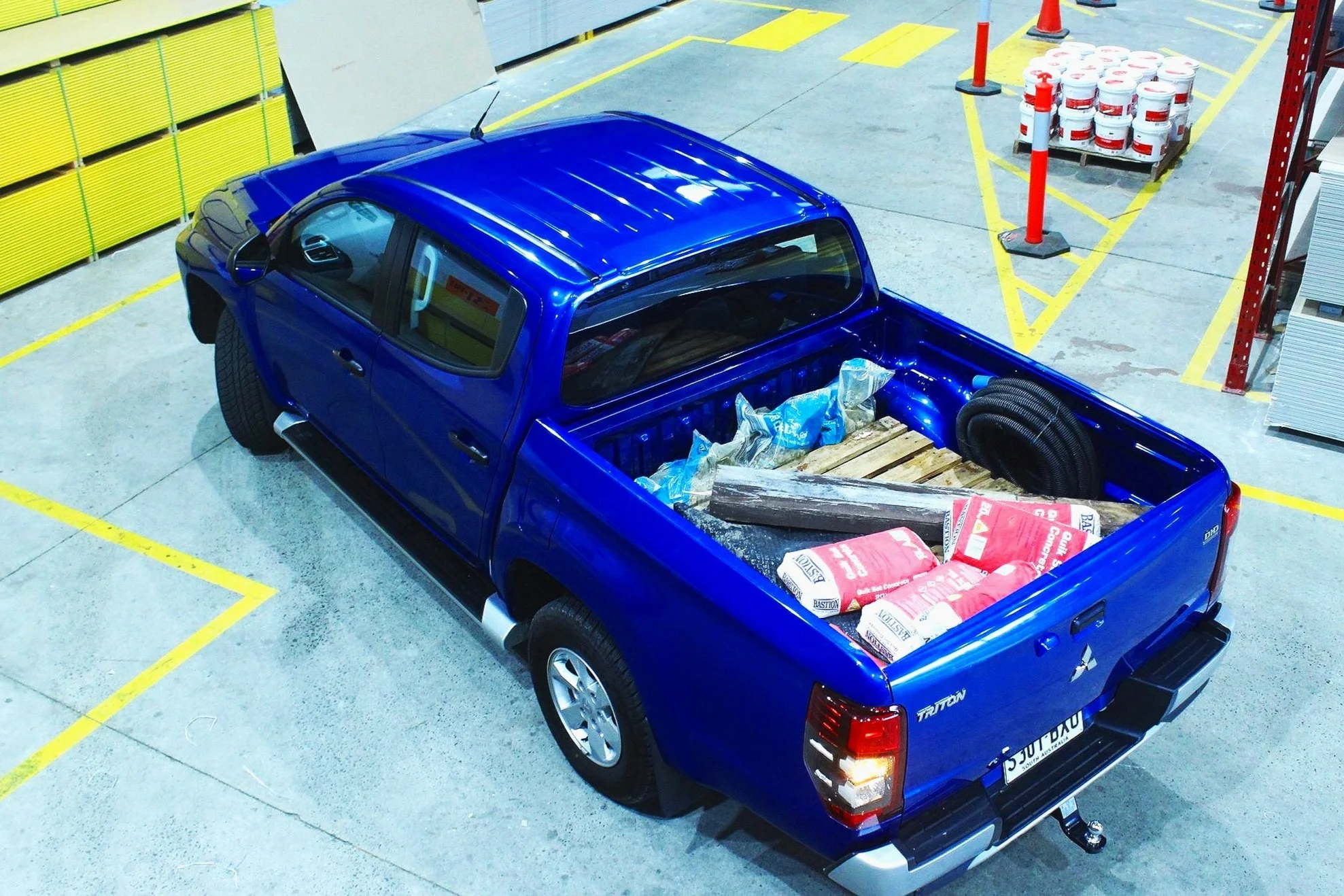

If you’re in the market for a hardcore 4X4 wagon that can tow, climb and haul, the Isuzu MU-X is not a bad idea. But here’s why you should take a good hard think before dropping up to $80K on this seven-seat four-wheel drive…